Latex mattresses have become increasingly popular in recent years due to their comfort, durability, and natural materials. However, like any other type of mattress, they also come with their own set of problems. In this article, we will discuss the top 10 main problems that you may encounter with an all latex mattress.Common Problems with All Latex Mattresses
One of the most common problems reported by users of latex mattresses is an allergic reaction. While latex itself is a natural material, it can still cause allergies in some people. This is because latex mattresses are made from the sap of rubber trees, which contains proteins that can trigger allergies in sensitive individuals. Symptoms may include itching, redness, and difficulty breathing.Latex Mattress Allergy Symptoms
Latex mattresses are known for their longevity, but they are not immune to wear and tear. Over time, the latex may start to break down, resulting in sagging and loss of support. This can be especially problematic for heavier individuals who put more pressure on the mattress. To prevent this issue, make sure to rotate your mattress regularly and invest in a high-quality, durable latex mattress.Latex Mattress Durability Issues
Like most new products, latex mattresses may emit a chemical smell when first unpacked. This is known as off-gassing and is caused by the release of volatile organic compounds (VOCs) from the materials used in the mattress. While the smell may dissipate over time, it can be bothersome for some people. To minimize off-gassing, look for a mattress that is certified as low or no VOC.Latex Mattress Off-Gassing
While latex mattresses are known for their breathability, some users may still experience heat retention. This is because latex mattresses are made up of dense layers that can trap heat. This can be especially problematic for those who tend to sleep hot. To combat this issue, look for a latex mattress with a breathable cover or choose a mattress with a ventilated design.Latex Mattress Heat Retention
Sagging is a common issue with any type of mattress, and latex mattresses are no exception. Over time, the materials may start to compress, resulting in a sagging or uneven surface. This can be uncomfortable and can also affect the overall support of the mattress. To prevent sagging, make sure to rotate your mattress regularly and avoid placing heavy objects on the bed.Latex Mattress Sagging
Some individuals may be sensitive to the chemicals used in the production of latex mattresses. These chemicals may include adhesives, fire retardants, and dyes. If you have a sensitivity to these chemicals, you may experience symptoms such as skin irritation, headaches, or difficulty breathing. To avoid this issue, look for a certified organic or natural latex mattress.Latex Mattress Chemical Sensitivity
While latex mattresses are known for their supportive properties, they may not be suitable for everyone. Some individuals may find that the mattress is too firm or too soft for their liking. This can lead to discomfort and poor sleep quality. To ensure the right level of support for your needs, make sure to test out different levels of firmness before purchasing a latex mattress.Latex Mattress Support Issues
Another potential issue with latex mattresses is their weight limit. While latex is a durable material, it may not be able to support heavier individuals for extended periods of time. This can result in sagging, reduced comfort, and a shorter lifespan for the mattress. To avoid this problem, make sure to check the weight limit of the mattress before making a purchase.Latex Mattress Weight Limit
Last but not least, the price of a latex mattress may also be a concern for some individuals. Compared to other types of mattresses, latex mattresses tend to be on the pricier side. This is due to the high-quality materials used in their production. However, the durability and comfort of a latex mattress may make it a worthwhile investment in the long run. In conclusion, while latex mattresses have many benefits, they also come with their own set of problems. By being aware of these common issues, you can make a more informed decision when it comes to purchasing an all latex mattress. Remember to do your research, test out different options, and choose a high-quality mattress to ensure a comfortable and restful night's sleep.Latex Mattress Price
How to Solve All Latex Mattress Problems for a Better Night's Sleep

Introduction
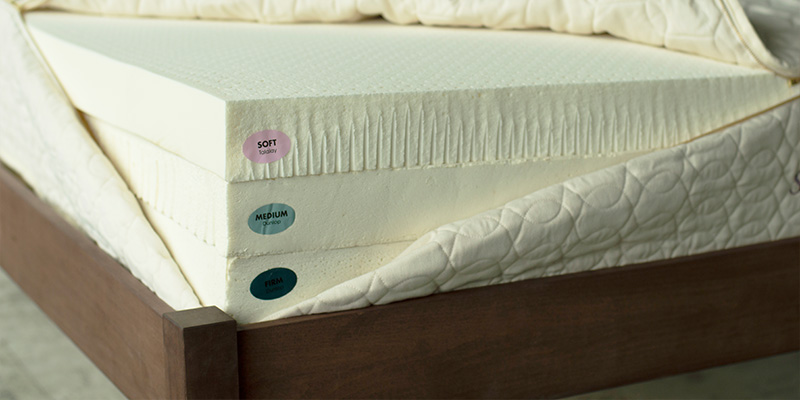 When it comes to choosing a mattress, there are a plethora of options available on the market. Among them, latex mattresses have gained popularity due to their natural and eco-friendly materials. However, like any other product, latex mattresses also have their own set of problems that can affect the quality of your sleep. In this article, we will discuss the common latex mattress problems and provide solutions to help you get a better night's sleep.
When it comes to choosing a mattress, there are a plethora of options available on the market. Among them, latex mattresses have gained popularity due to their natural and eco-friendly materials. However, like any other product, latex mattresses also have their own set of problems that can affect the quality of your sleep. In this article, we will discuss the common latex mattress problems and provide solutions to help you get a better night's sleep.
The Problem with Allergies
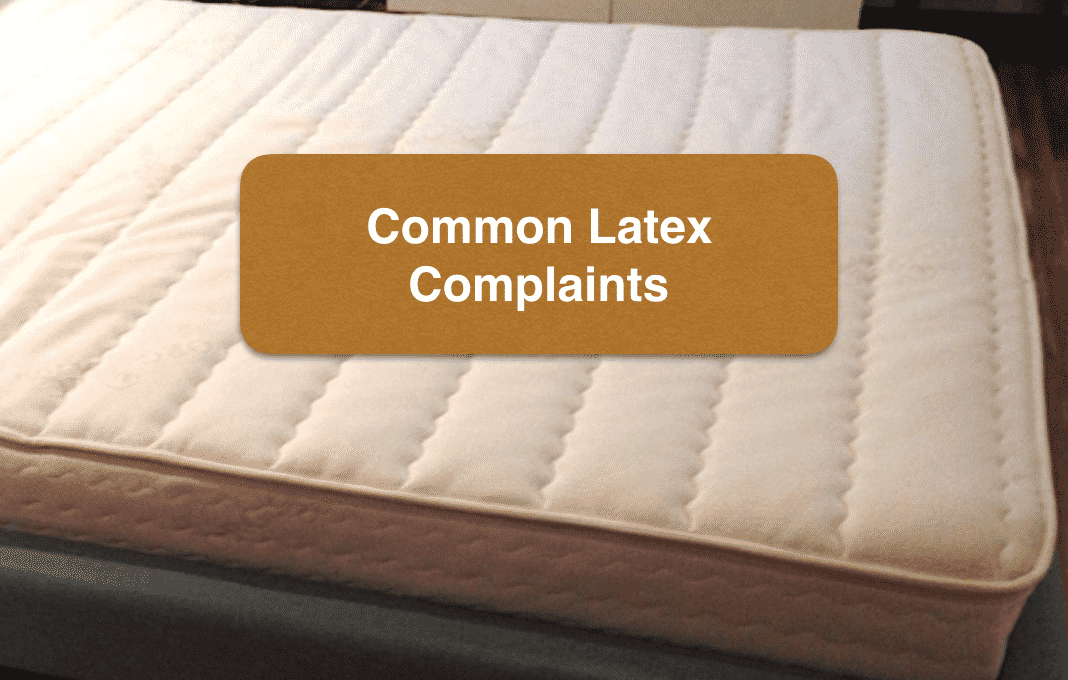 One of the main concerns with latex mattresses is the possibility of allergic reactions. While latex is a natural material, some people may still have allergies to it. This can result in skin irritation, respiratory issues, and other discomforts. To avoid this problem, look for
hypoallergenic
latex mattresses that have been treated to remove any potential allergens. Additionally, using a
hypoallergenic
mattress cover can provide an extra layer of protection.
One of the main concerns with latex mattresses is the possibility of allergic reactions. While latex is a natural material, some people may still have allergies to it. This can result in skin irritation, respiratory issues, and other discomforts. To avoid this problem, look for
hypoallergenic
latex mattresses that have been treated to remove any potential allergens. Additionally, using a
hypoallergenic
mattress cover can provide an extra layer of protection.
Heat Retention
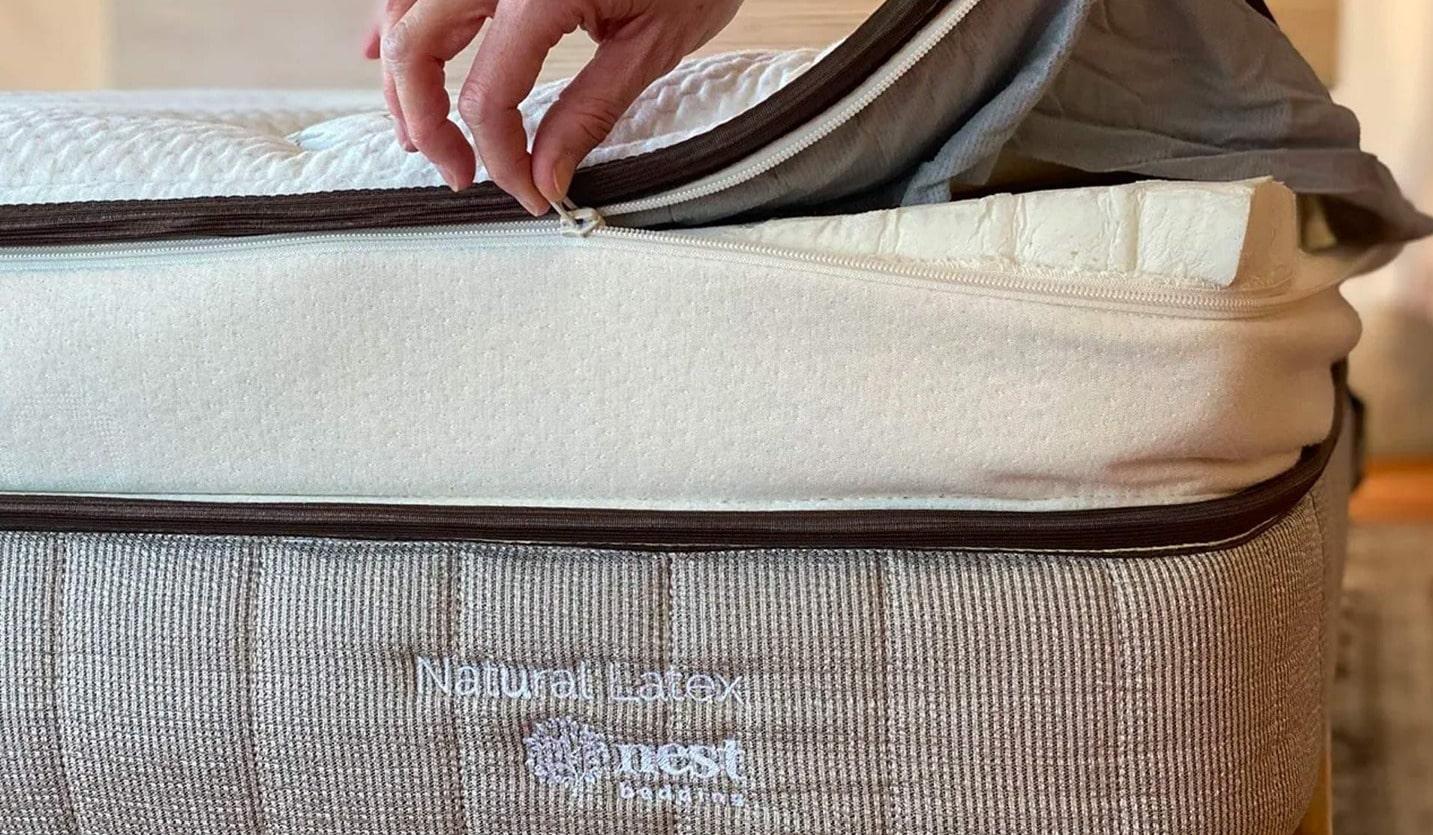 Another common issue with latex mattresses is heat retention. As latex is a dense material, it can trap heat and cause discomfort, especially for those who naturally sleep hot. To combat this, look for
ventilated
latex mattresses that have been designed to promote airflow and regulate temperature. You can also opt for a
latex hybrid
mattress that combines latex with other cooling materials like gel-infused foam.
Another common issue with latex mattresses is heat retention. As latex is a dense material, it can trap heat and cause discomfort, especially for those who naturally sleep hot. To combat this, look for
ventilated
latex mattresses that have been designed to promote airflow and regulate temperature. You can also opt for a
latex hybrid
mattress that combines latex with other cooling materials like gel-infused foam.
Sagging and Body Impressions
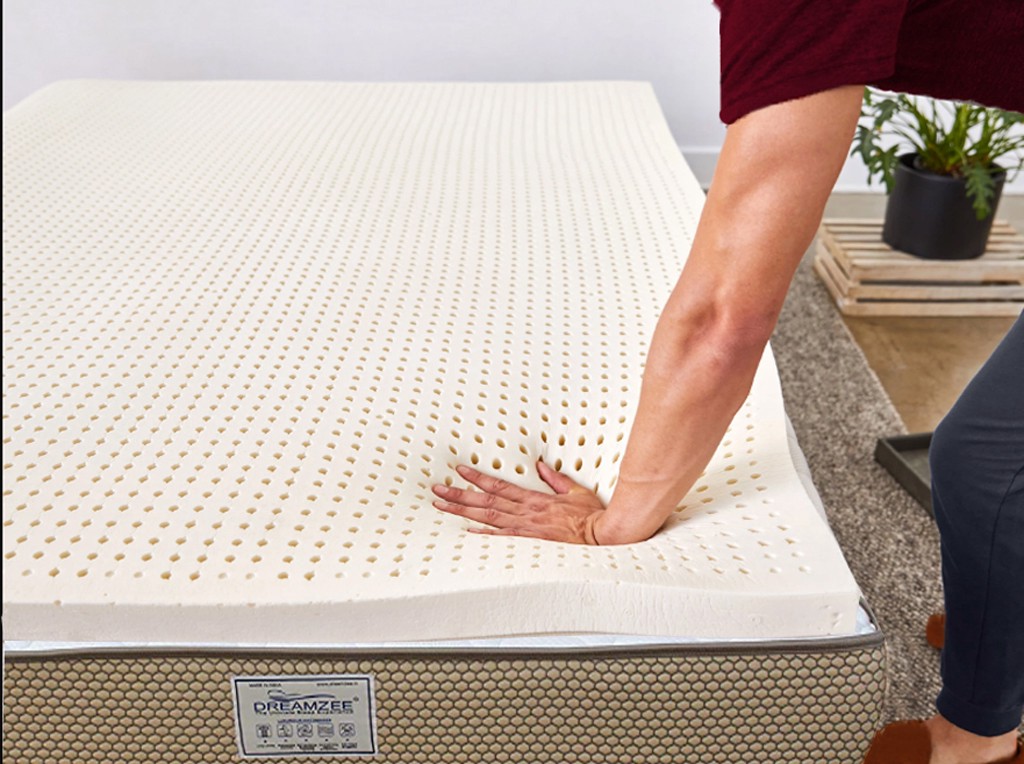 Over time, even the best quality mattresses can start to show signs of wear and tear. This is especially true for latex mattresses, which can develop body impressions and sagging. To prevent this, make sure to rotate your mattress regularly, at least every 3-6 months. You can also invest in a
mattress topper
made of latex or other materials to provide extra support and cushioning.
Over time, even the best quality mattresses can start to show signs of wear and tear. This is especially true for latex mattresses, which can develop body impressions and sagging. To prevent this, make sure to rotate your mattress regularly, at least every 3-6 months. You can also invest in a
mattress topper
made of latex or other materials to provide extra support and cushioning.
Conclusion
 While latex mattresses may have their share of problems, there are solutions available to help you get the most out of your investment. By choosing
hypoallergenic
and
ventilated
latex mattresses and taking proper care of them, you can enjoy a comfortable and restful night's sleep. Consider these tips when shopping for a latex mattress and say goodbye to all your latex mattress problems.
While latex mattresses may have their share of problems, there are solutions available to help you get the most out of your investment. By choosing
hypoallergenic
and
ventilated
latex mattresses and taking proper care of them, you can enjoy a comfortable and restful night's sleep. Consider these tips when shopping for a latex mattress and say goodbye to all your latex mattress problems.




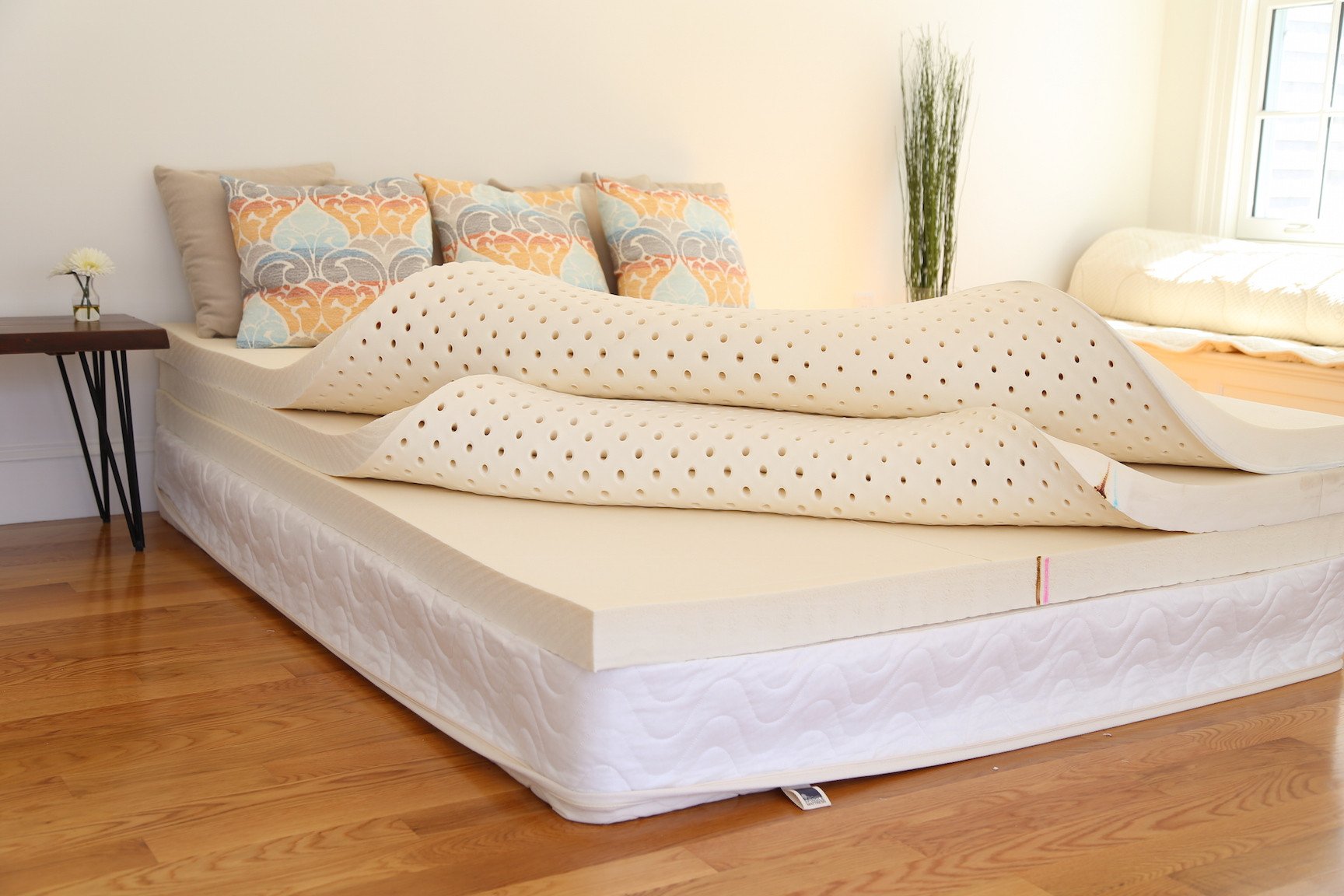



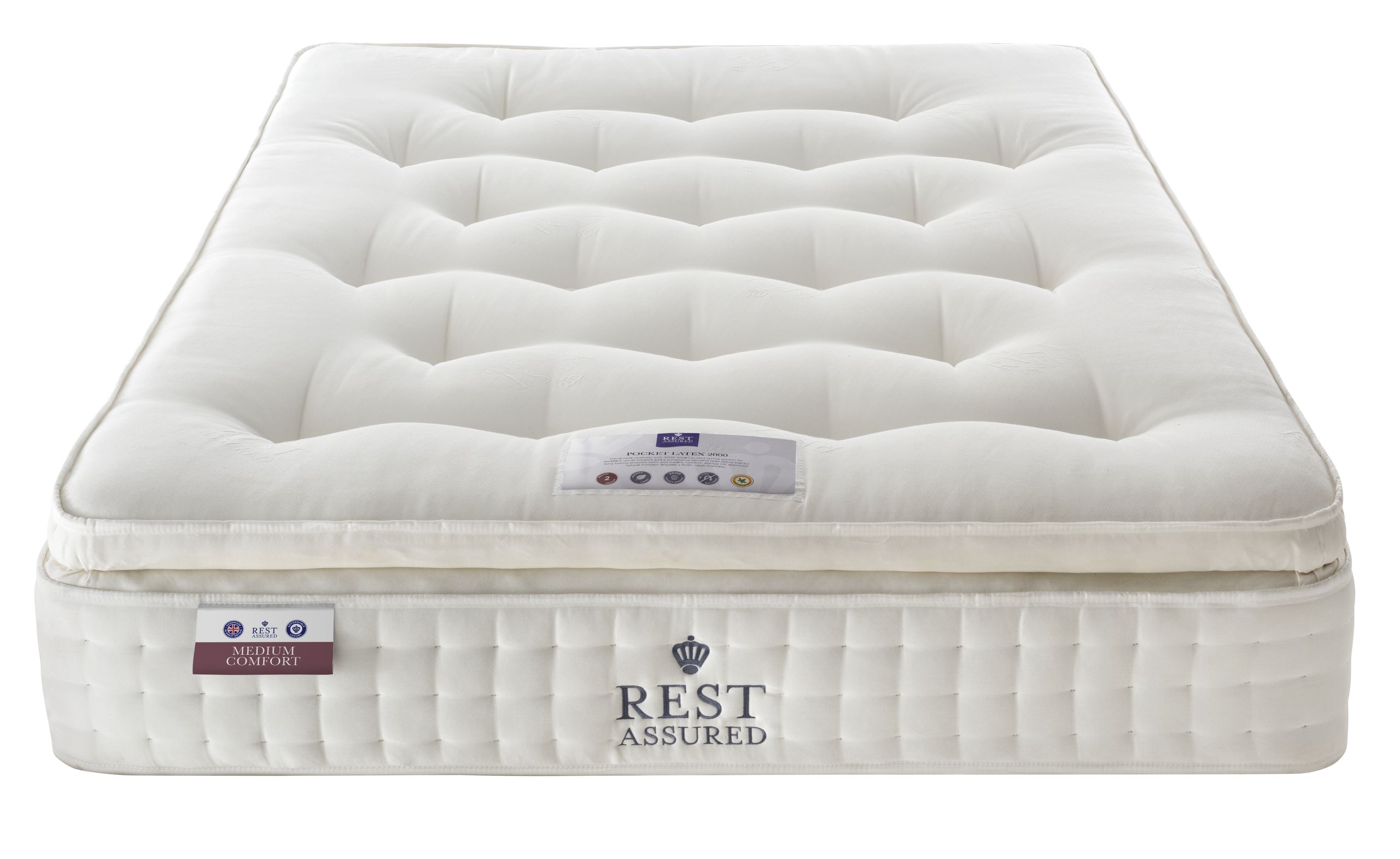














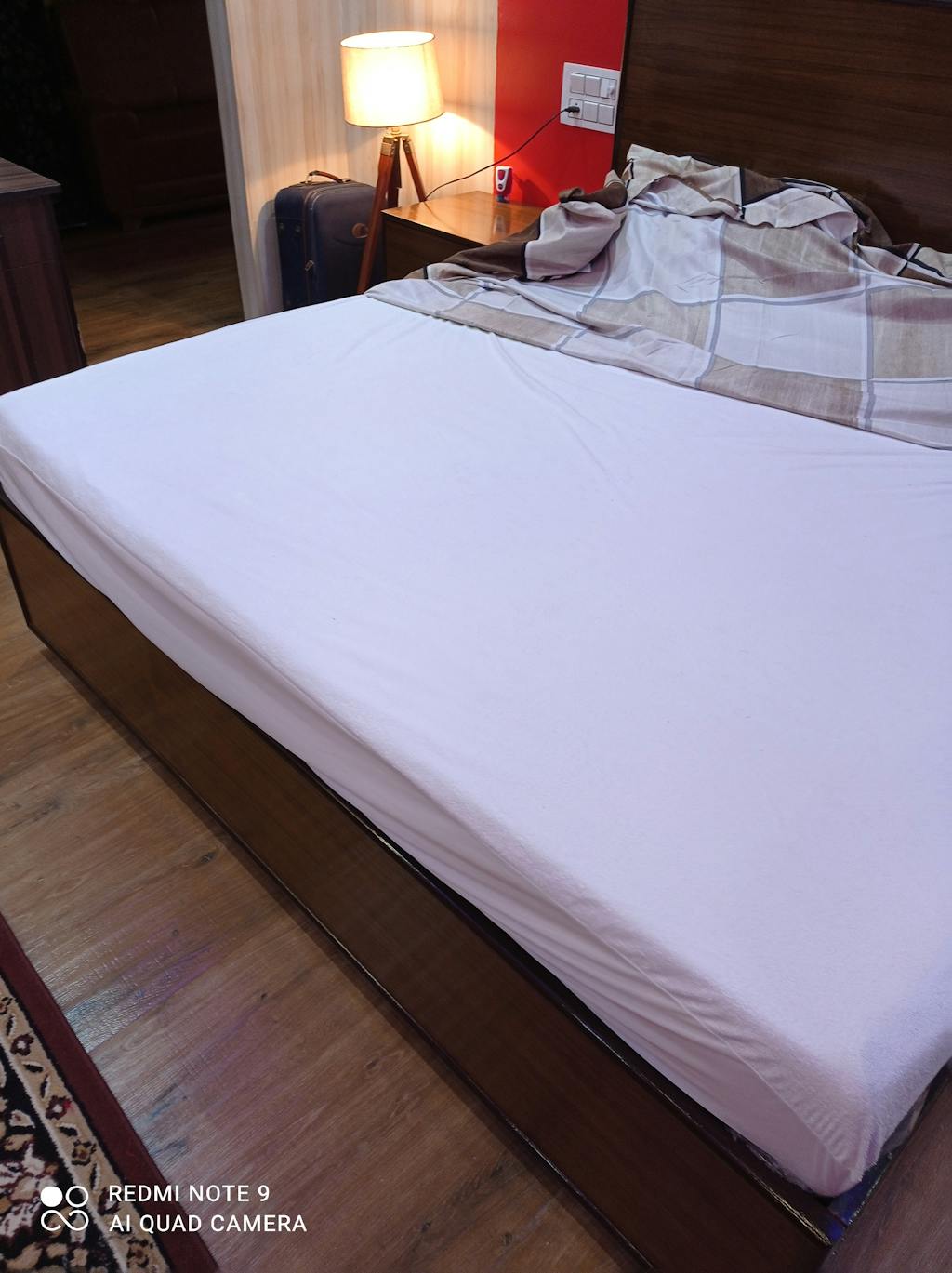
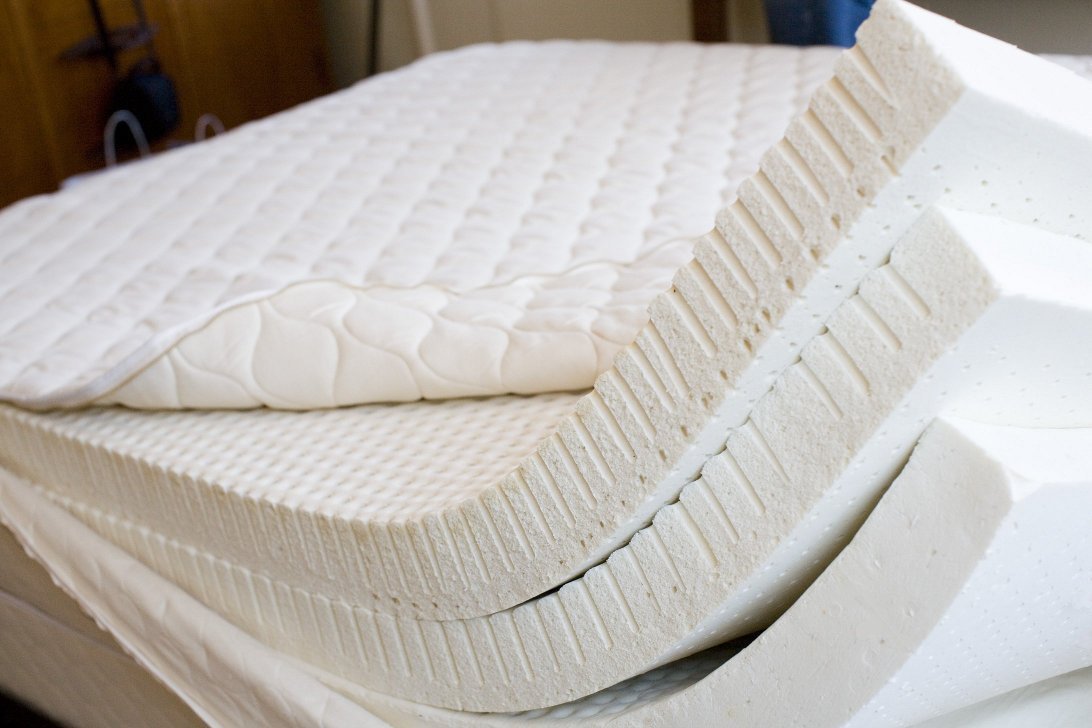
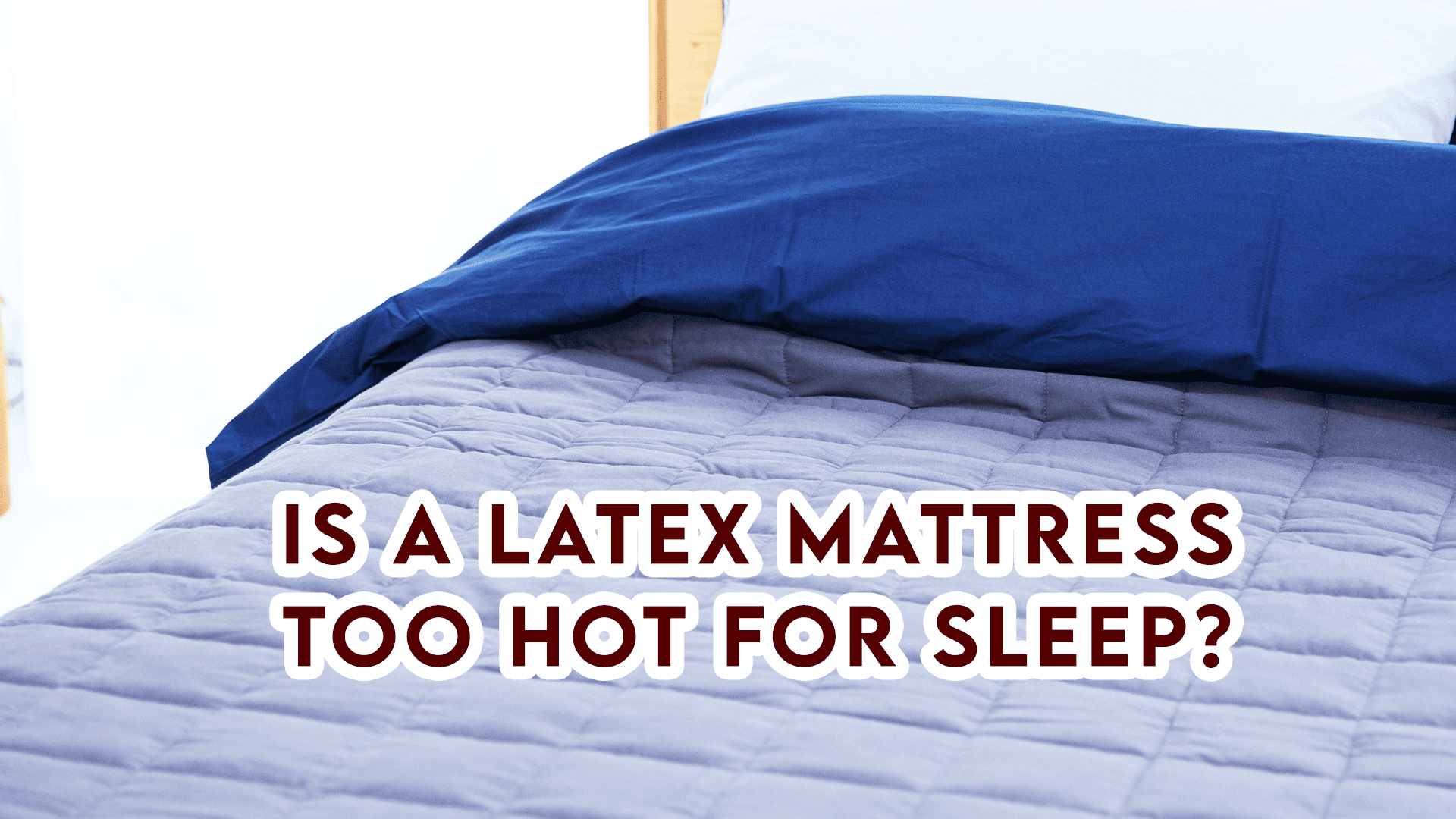



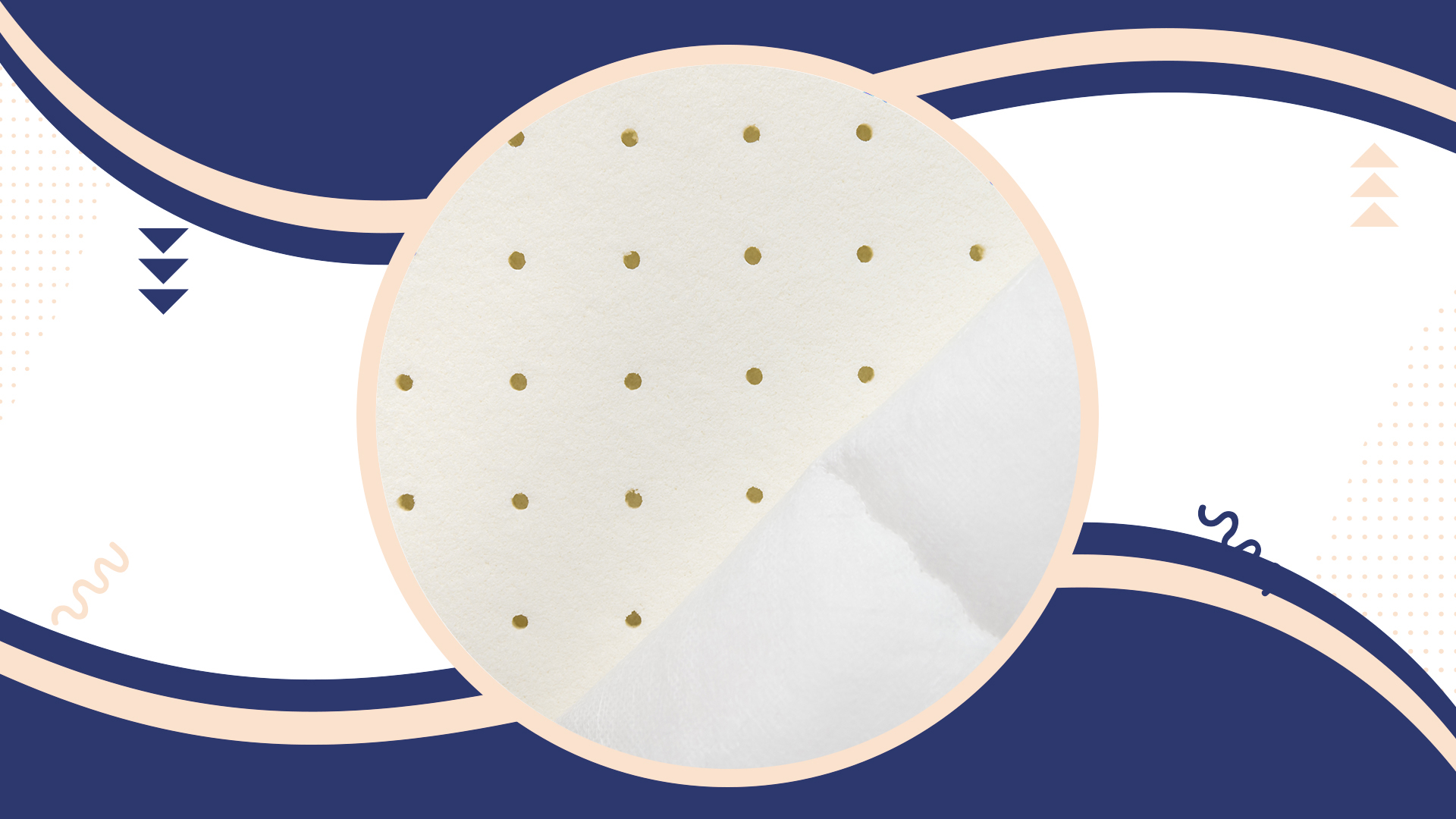
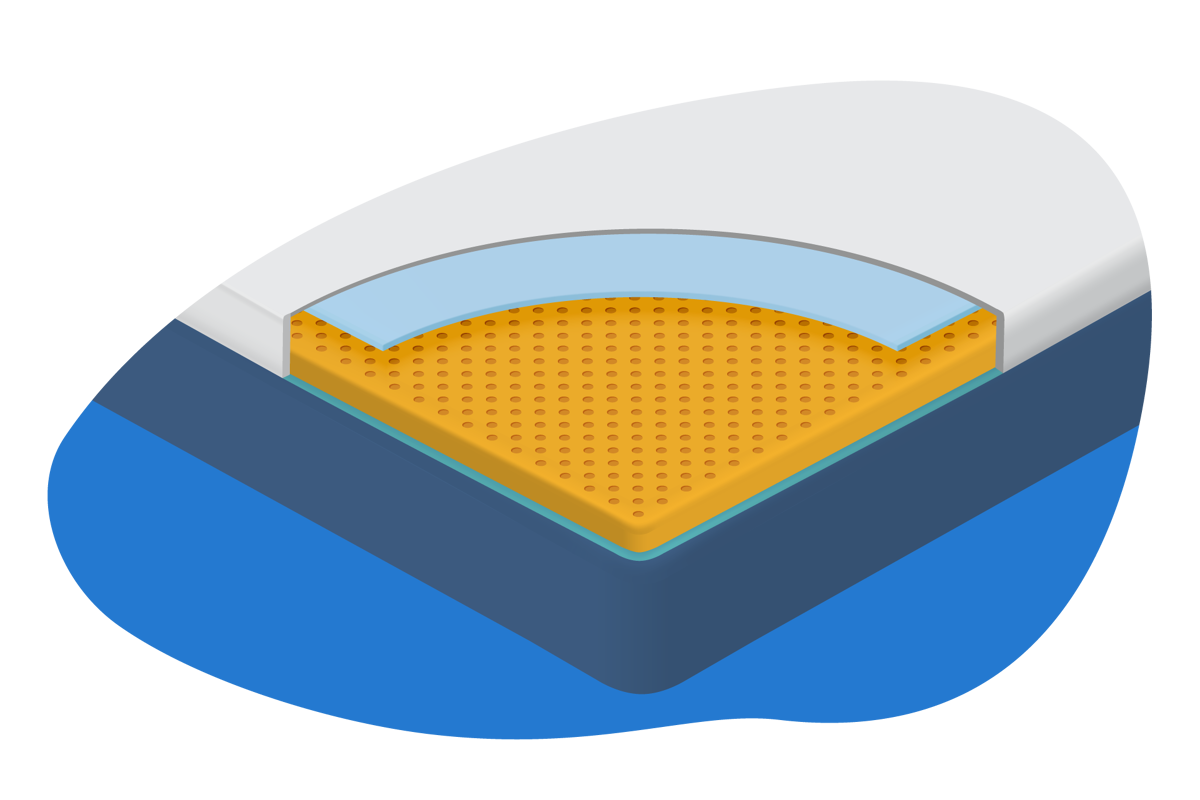

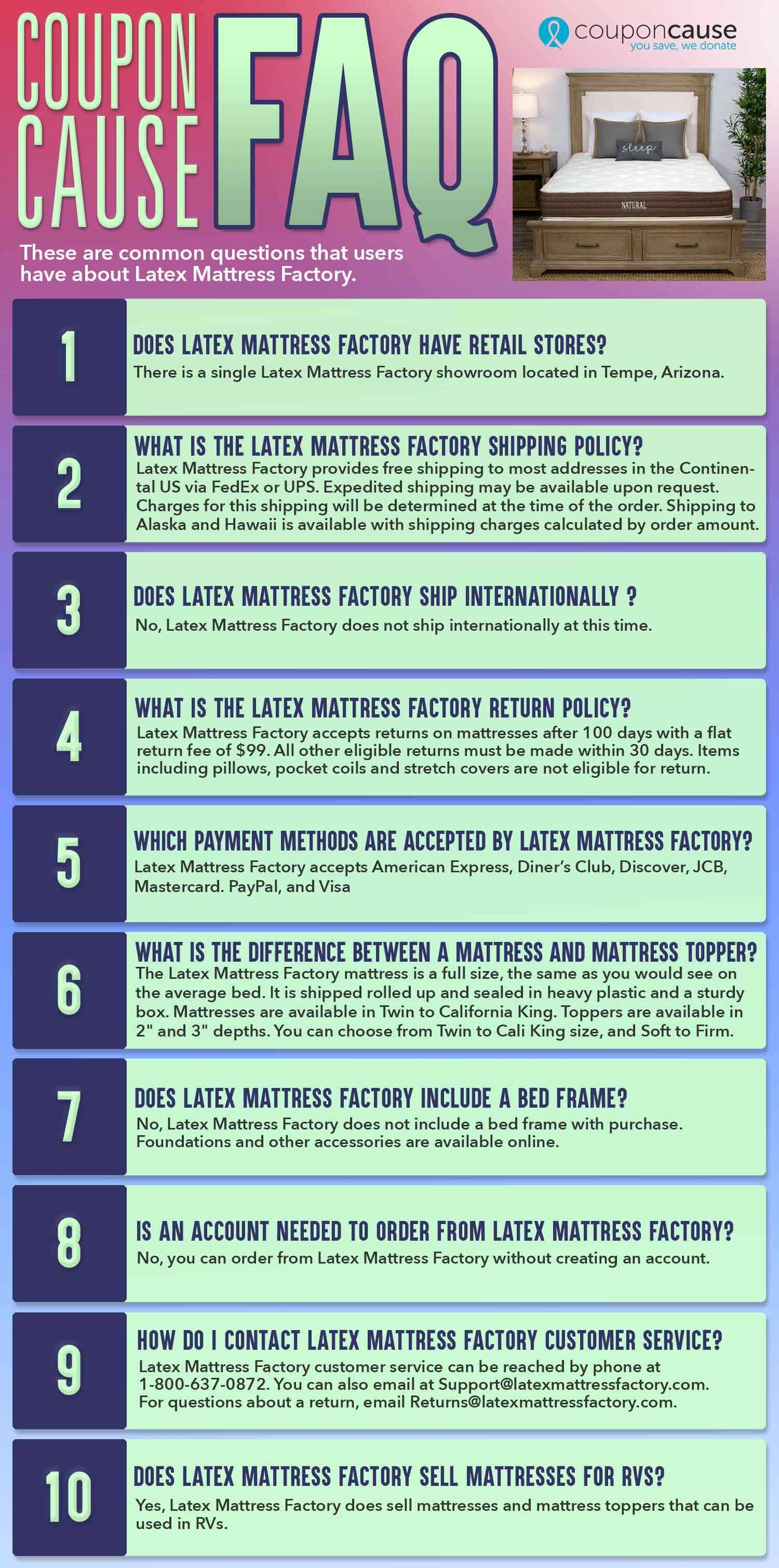





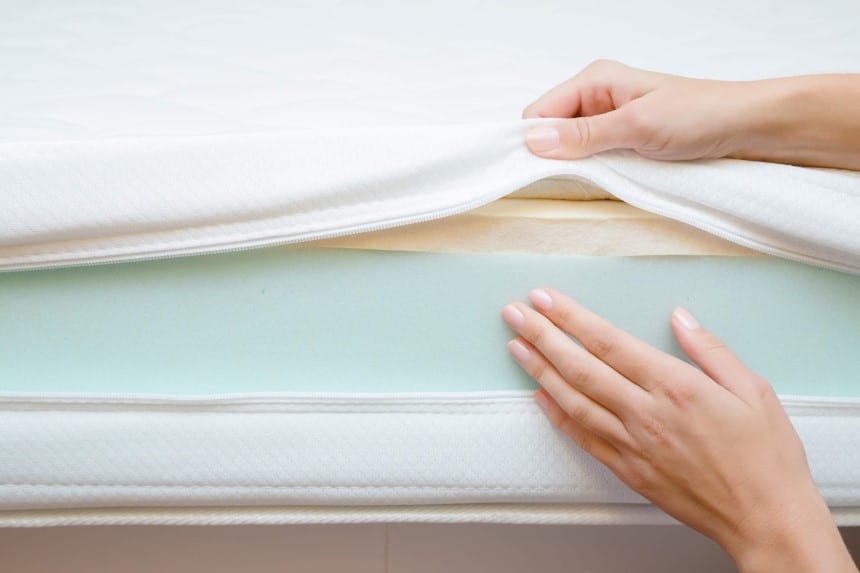

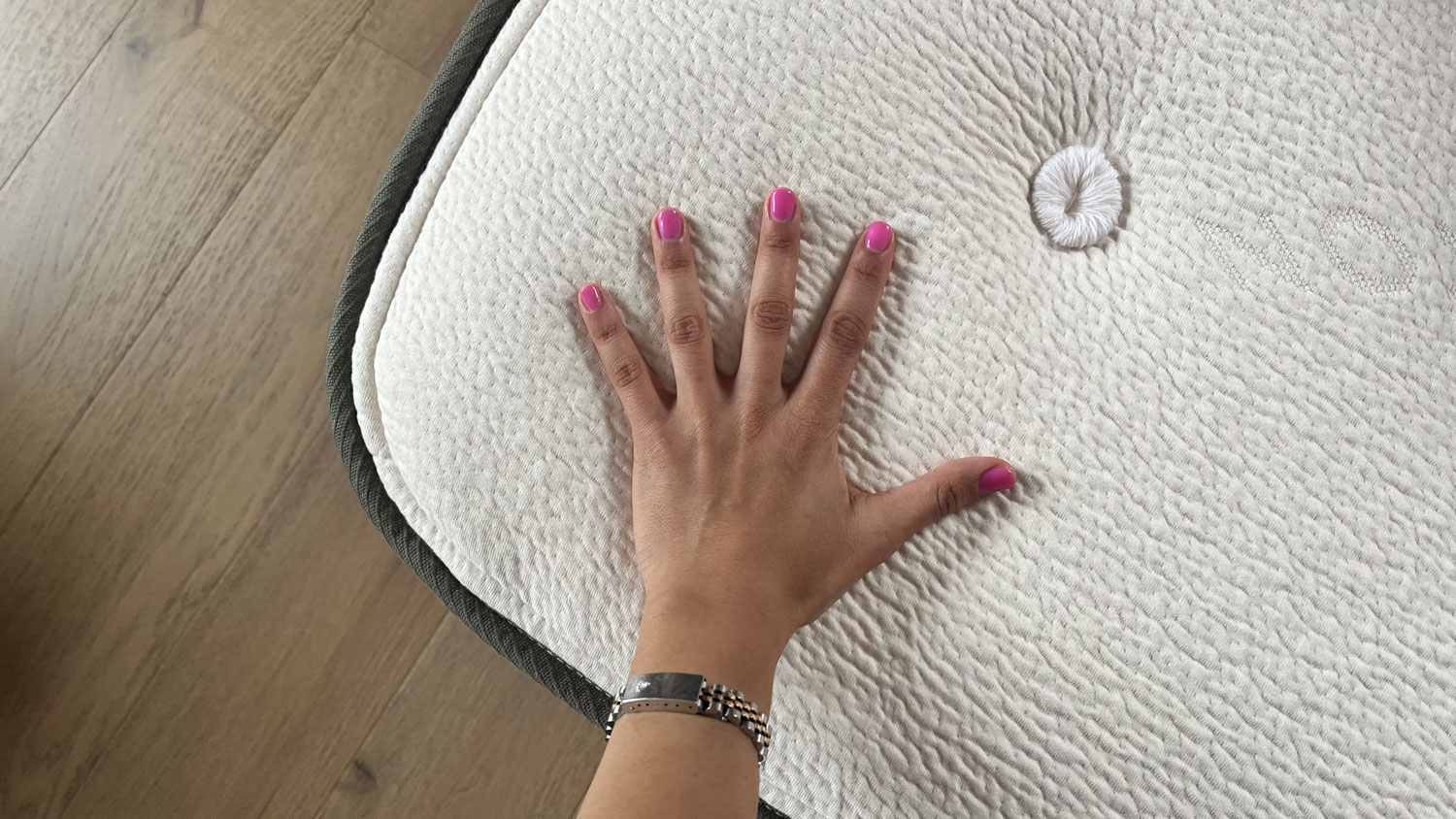

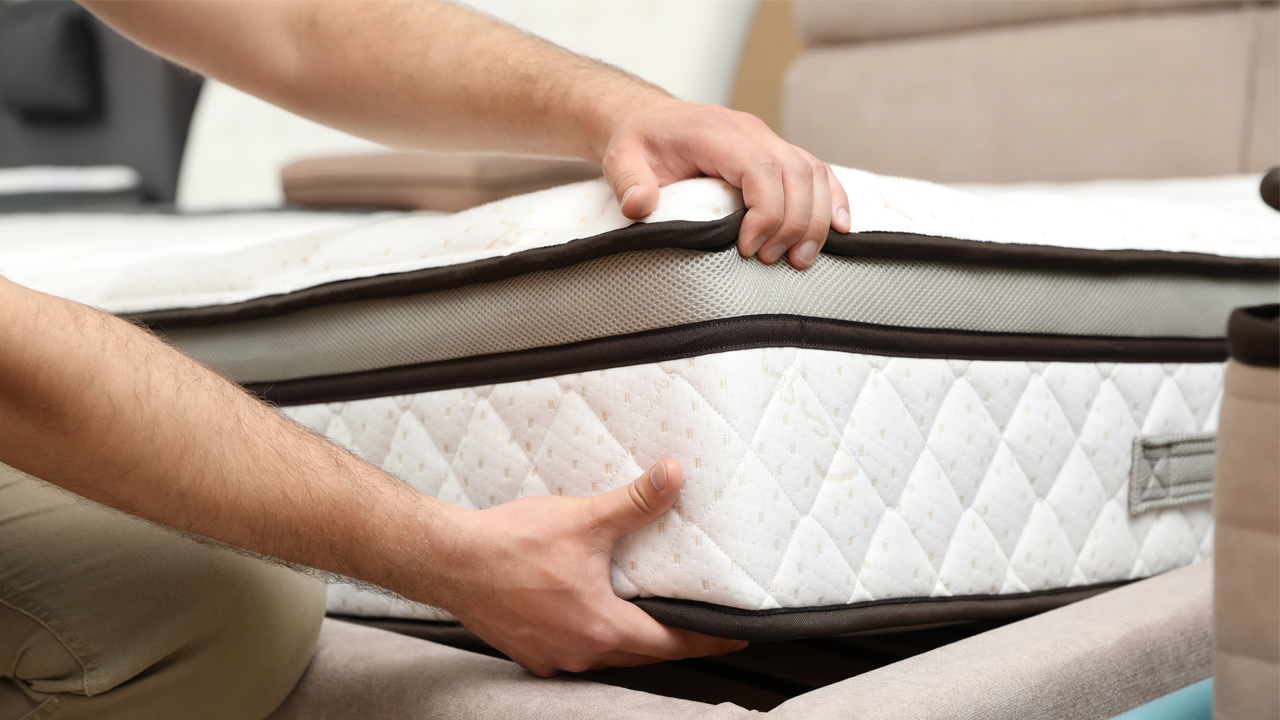
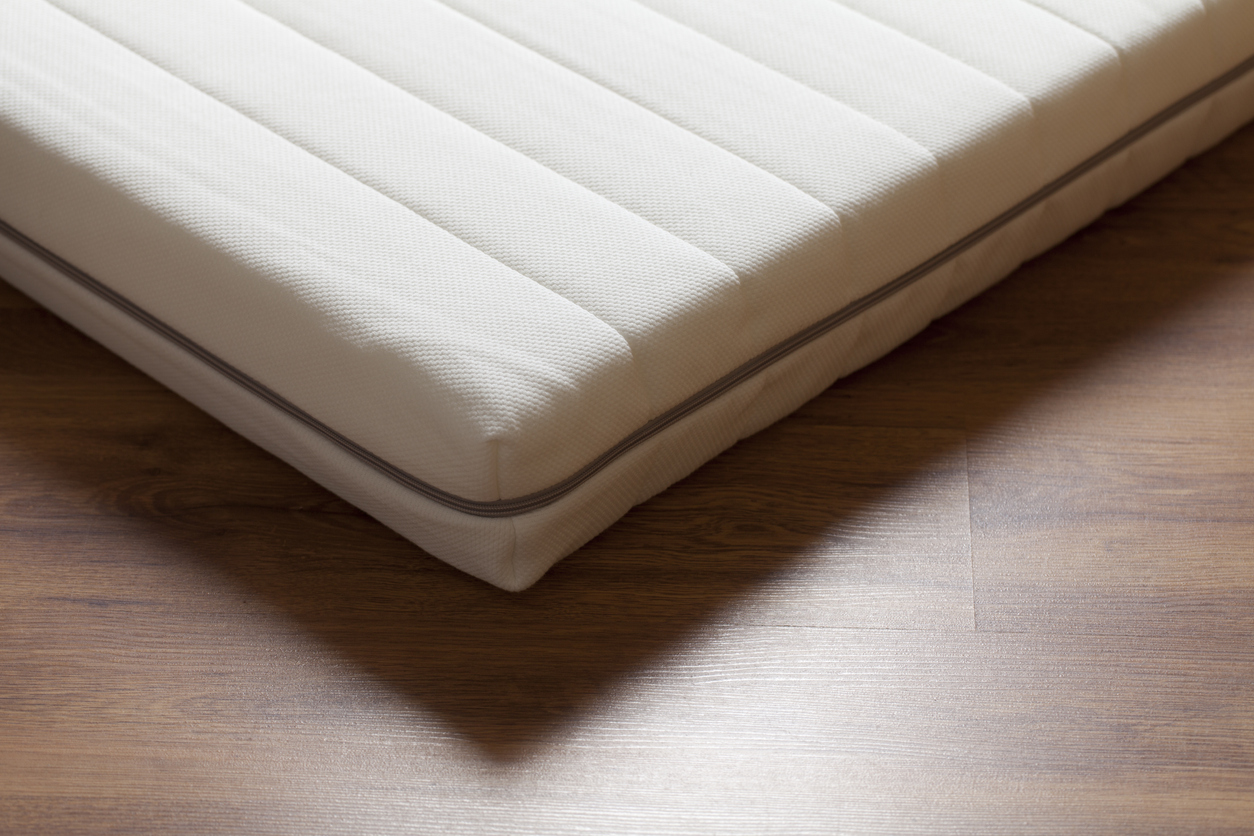
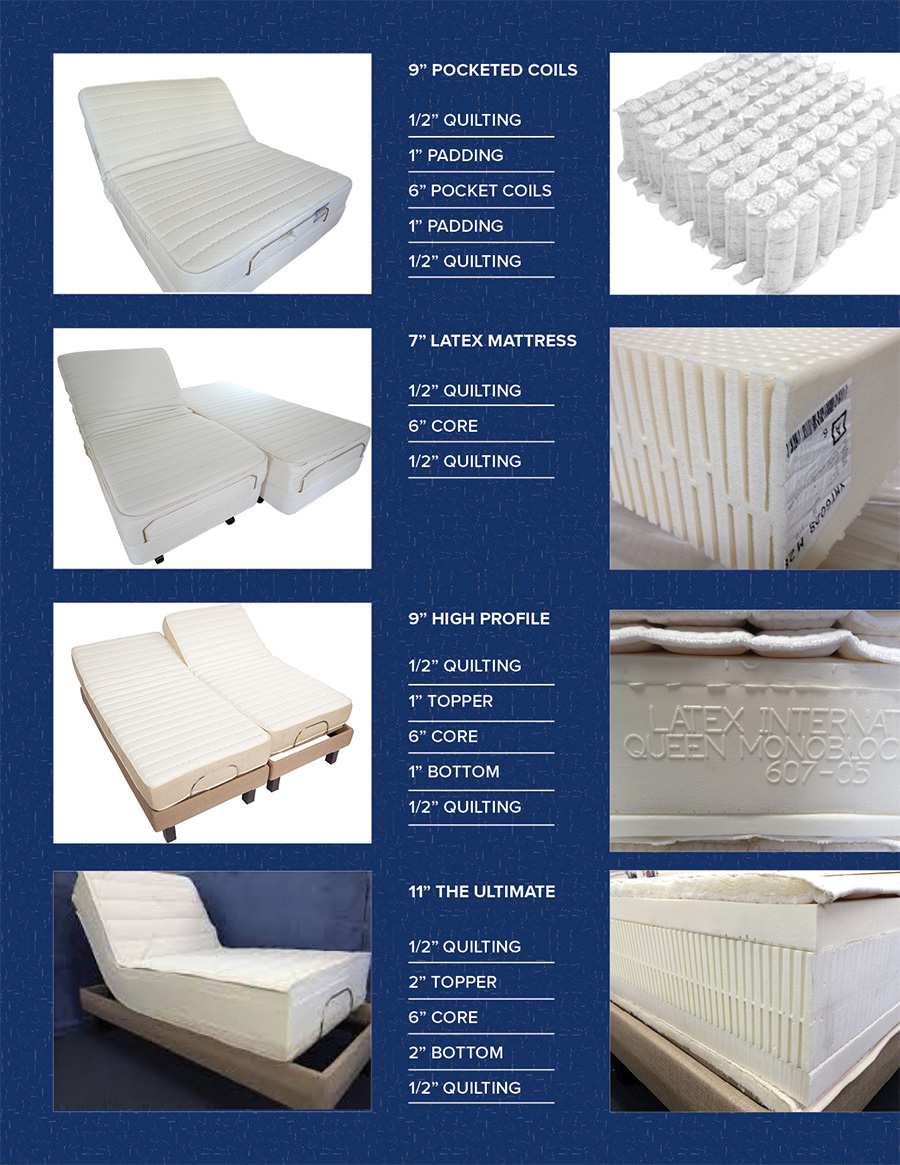


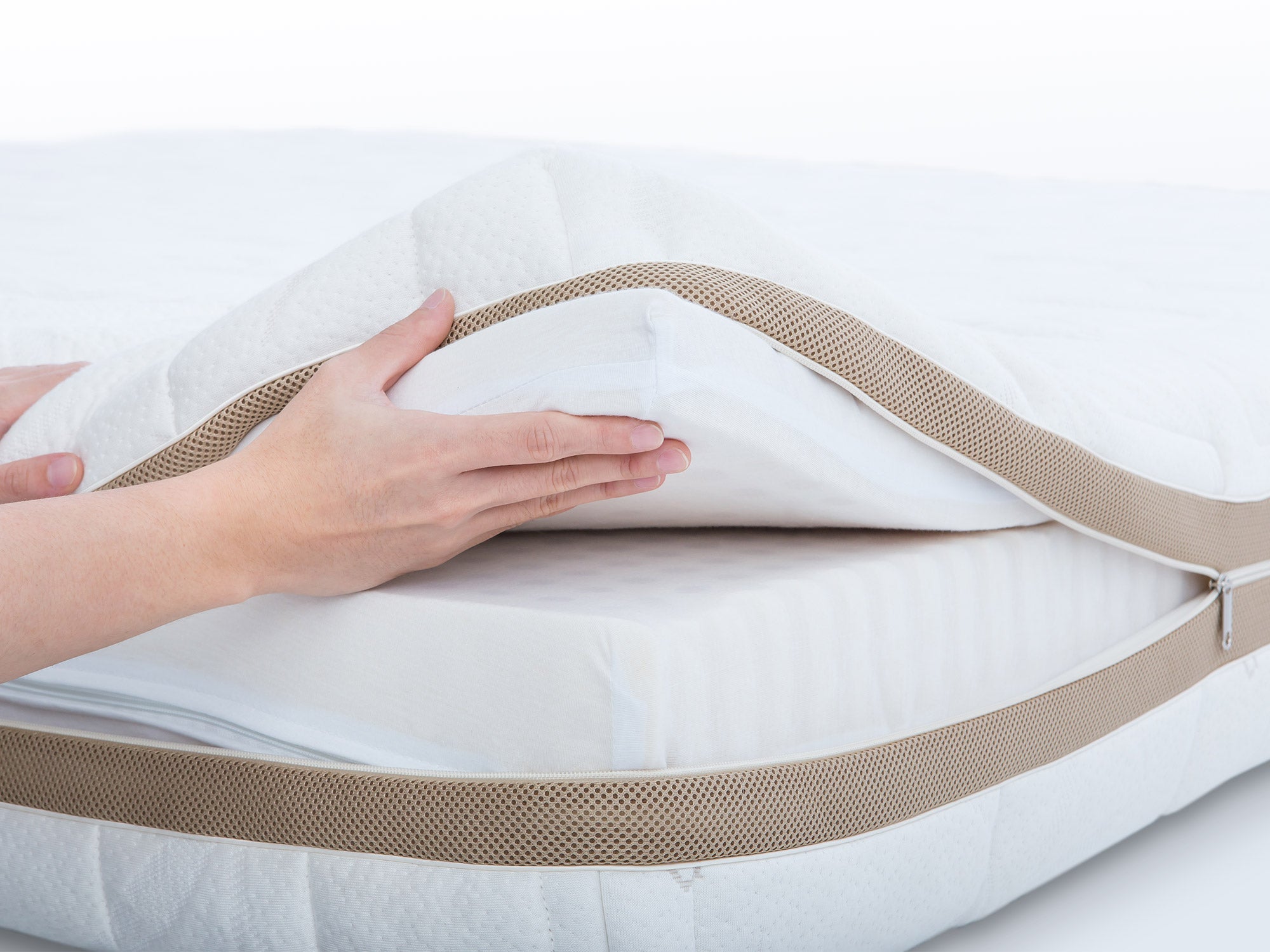


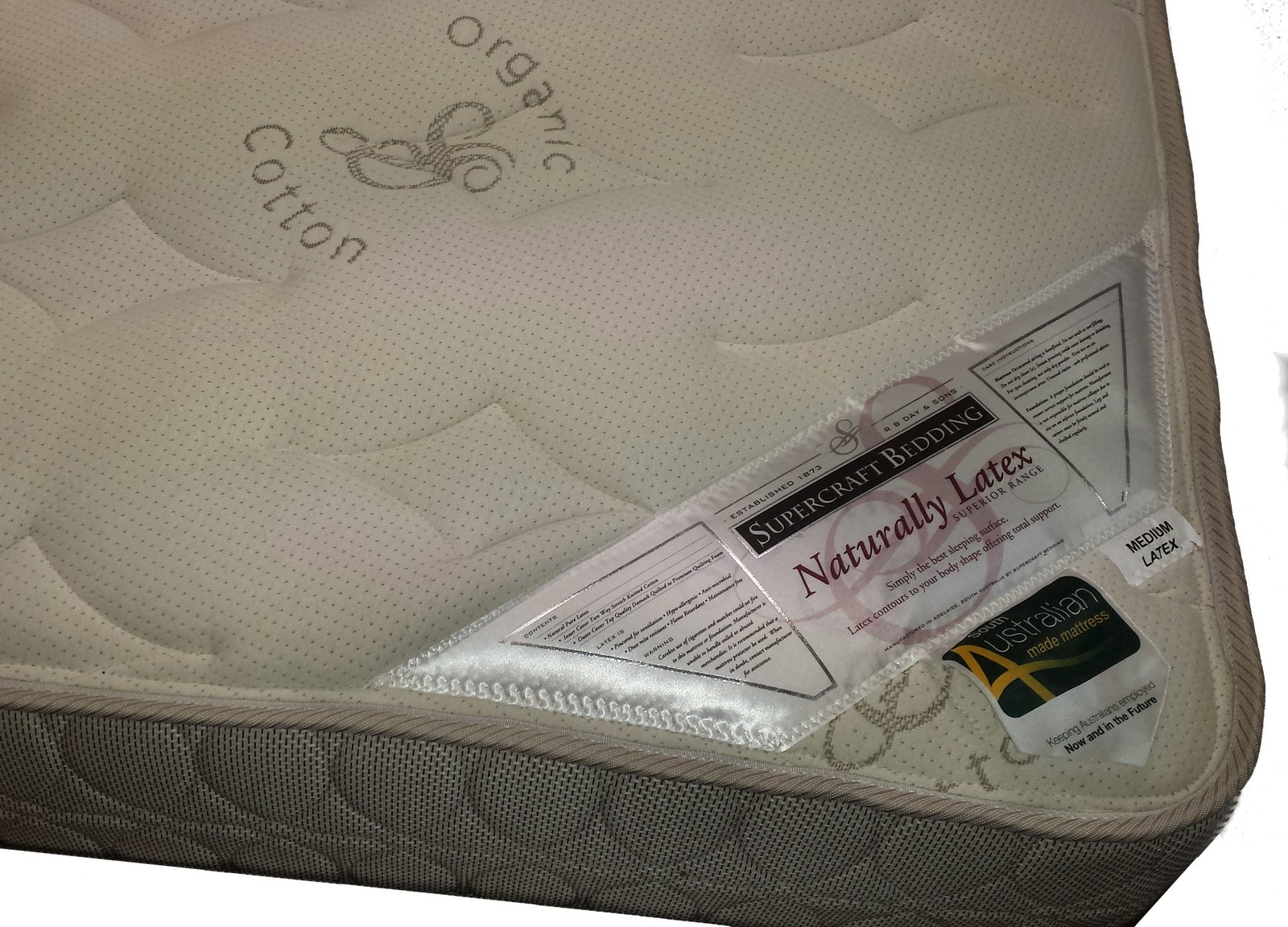

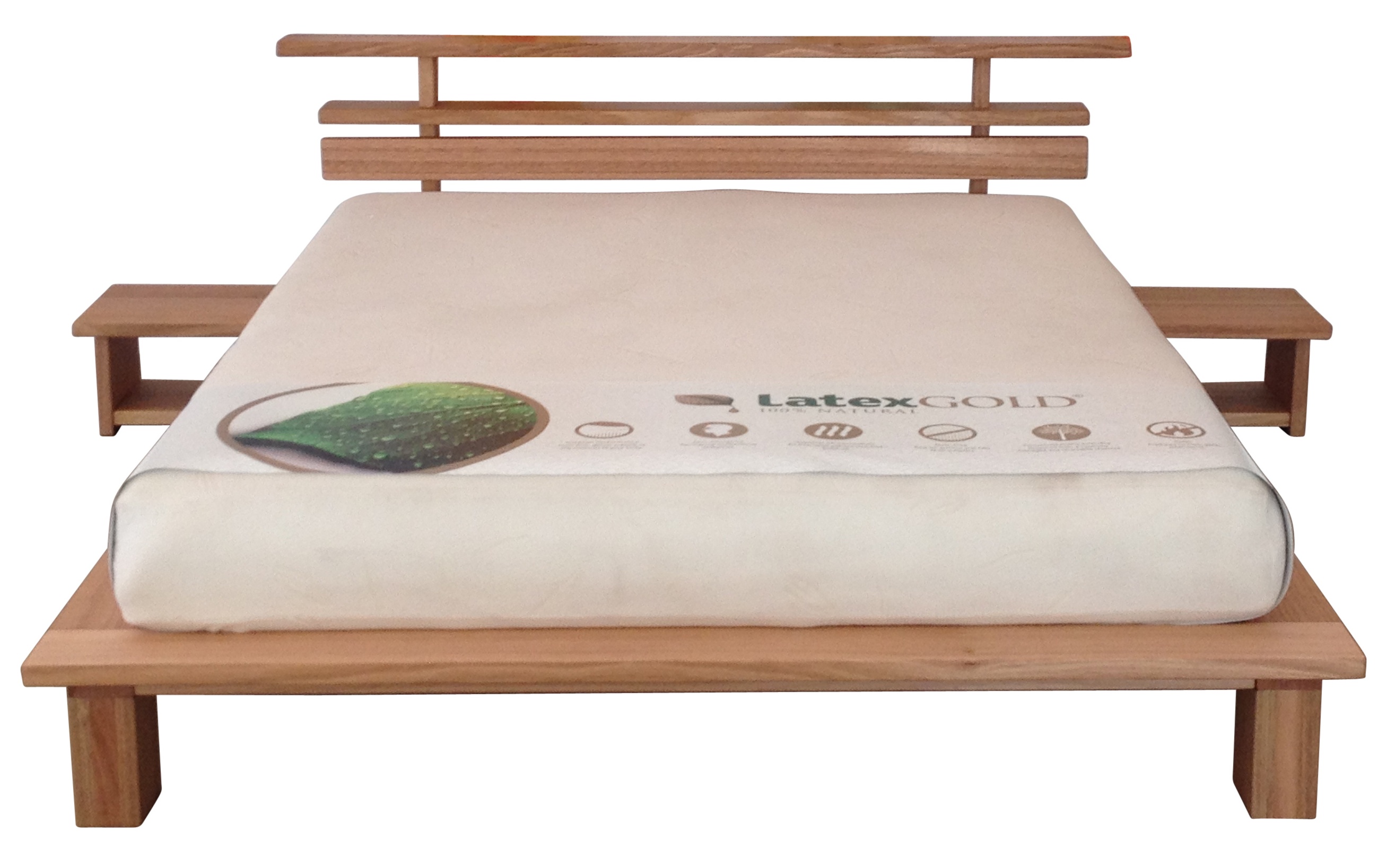
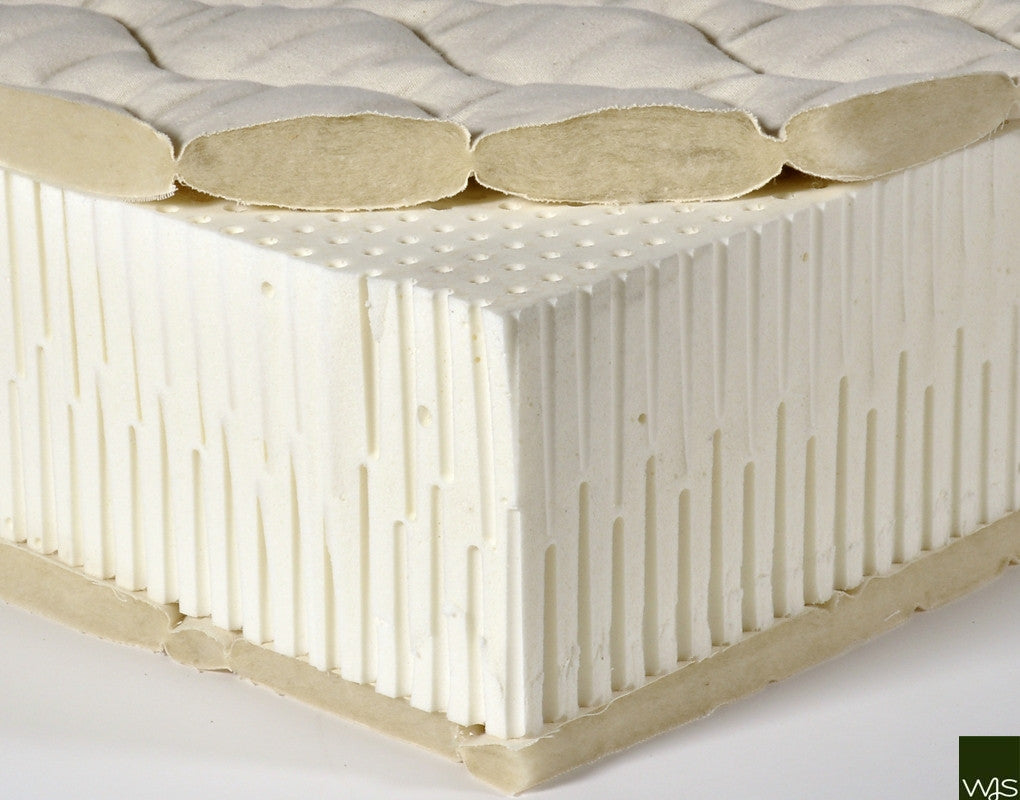



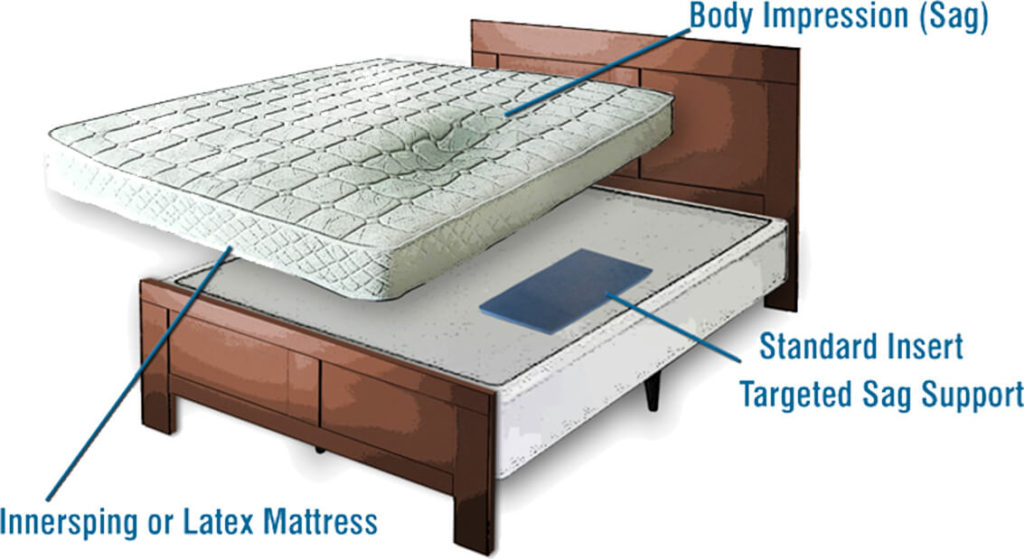
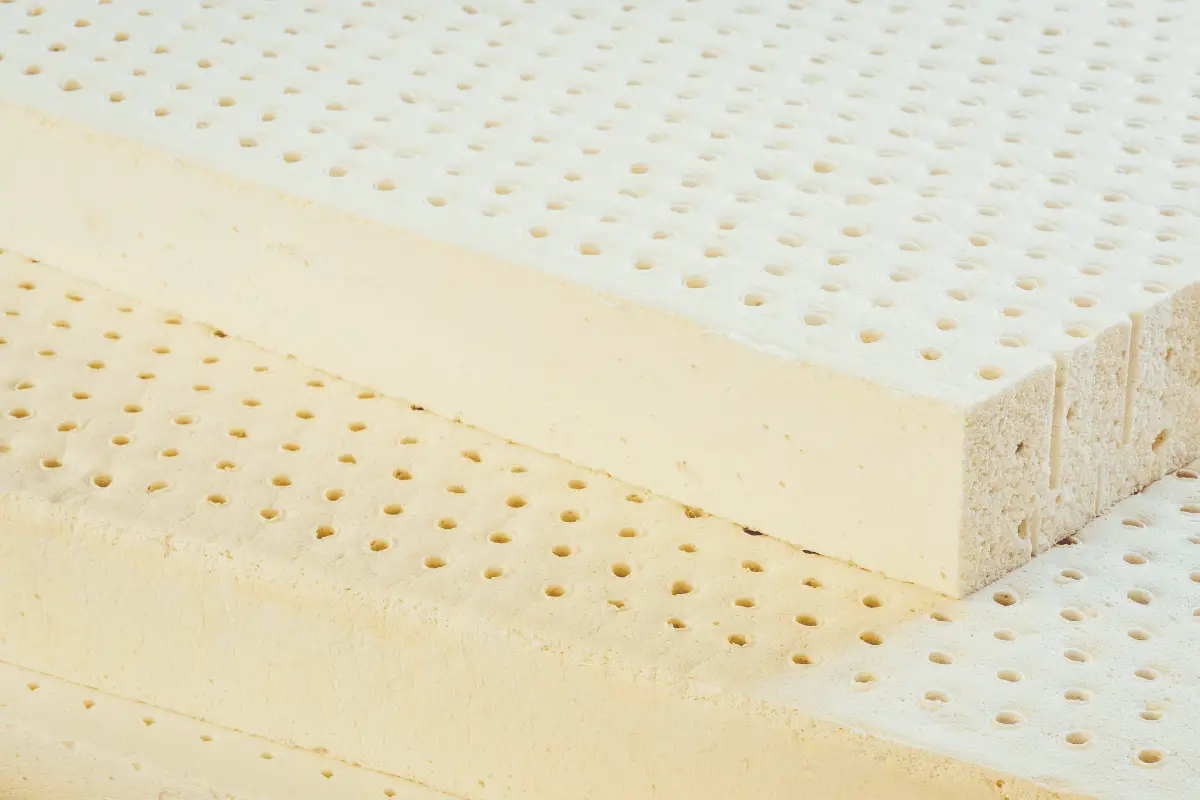
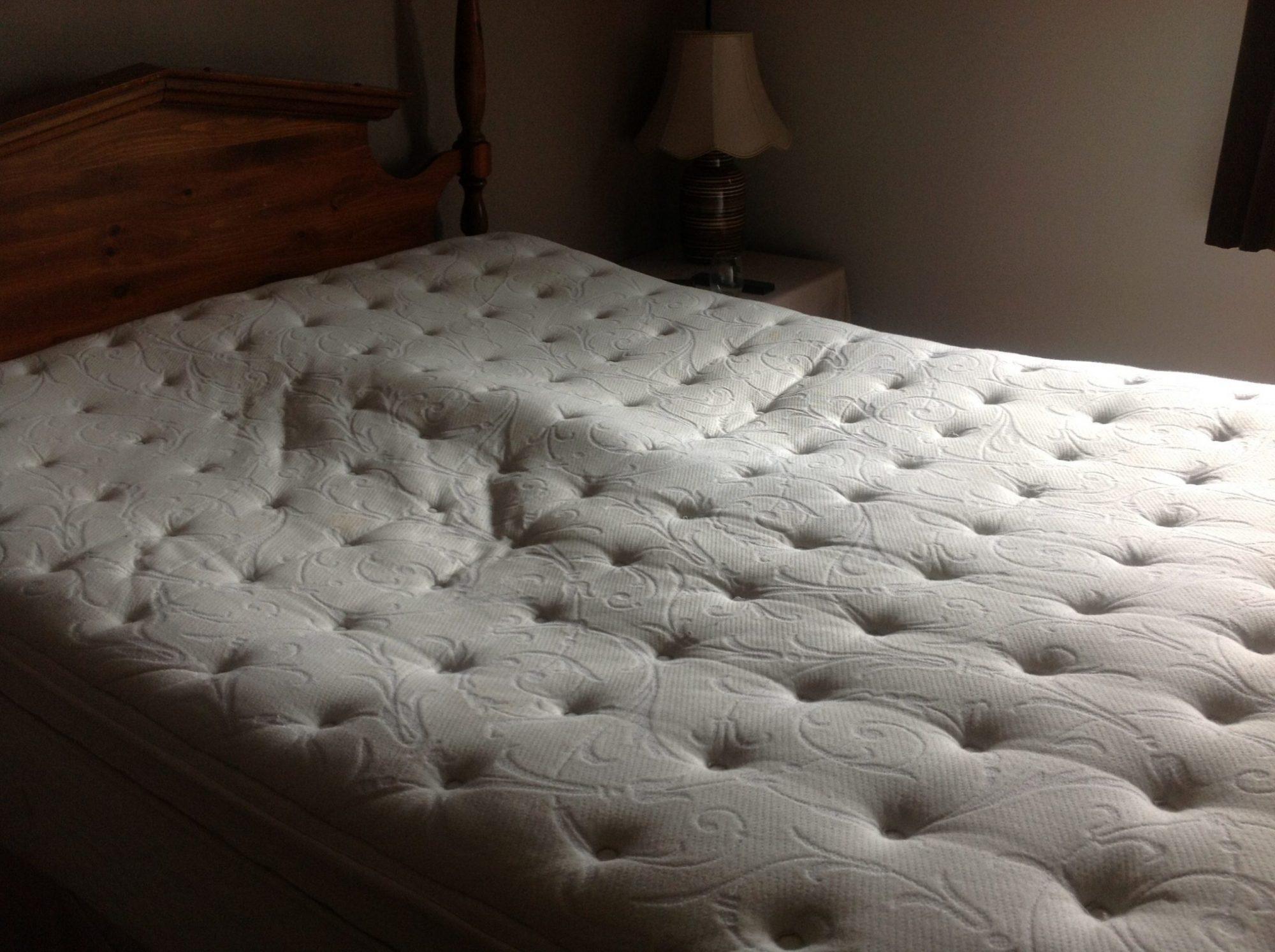


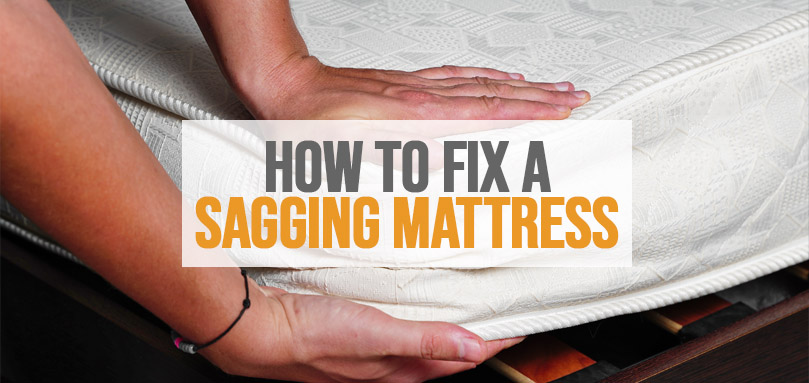

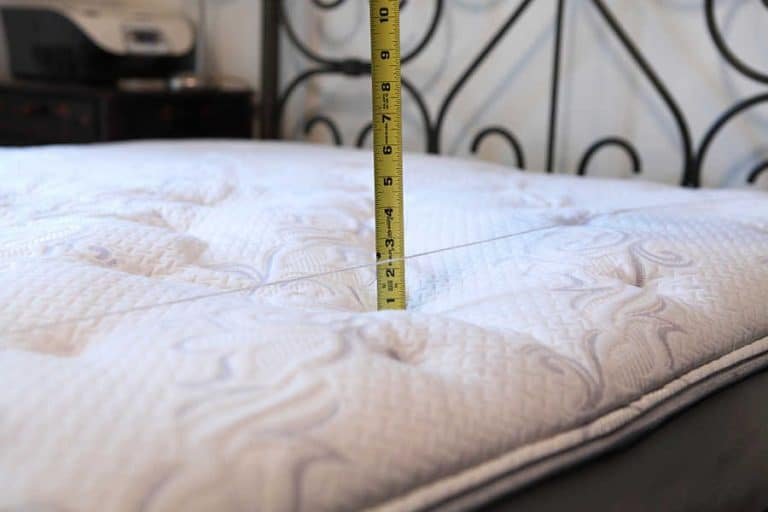
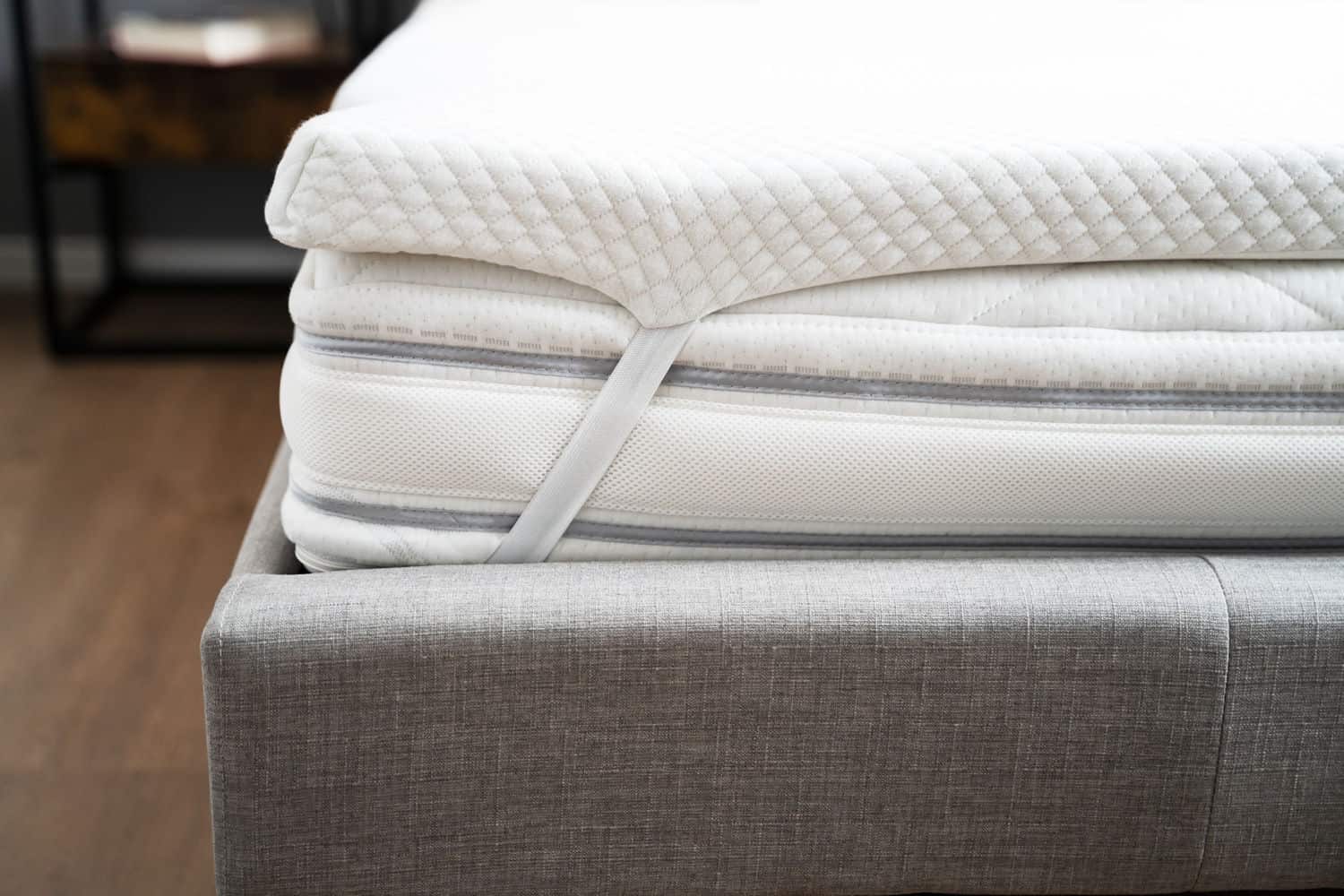

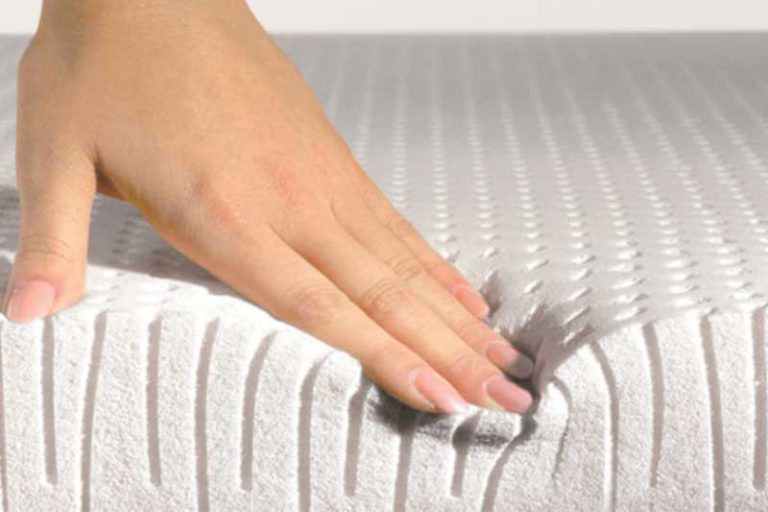
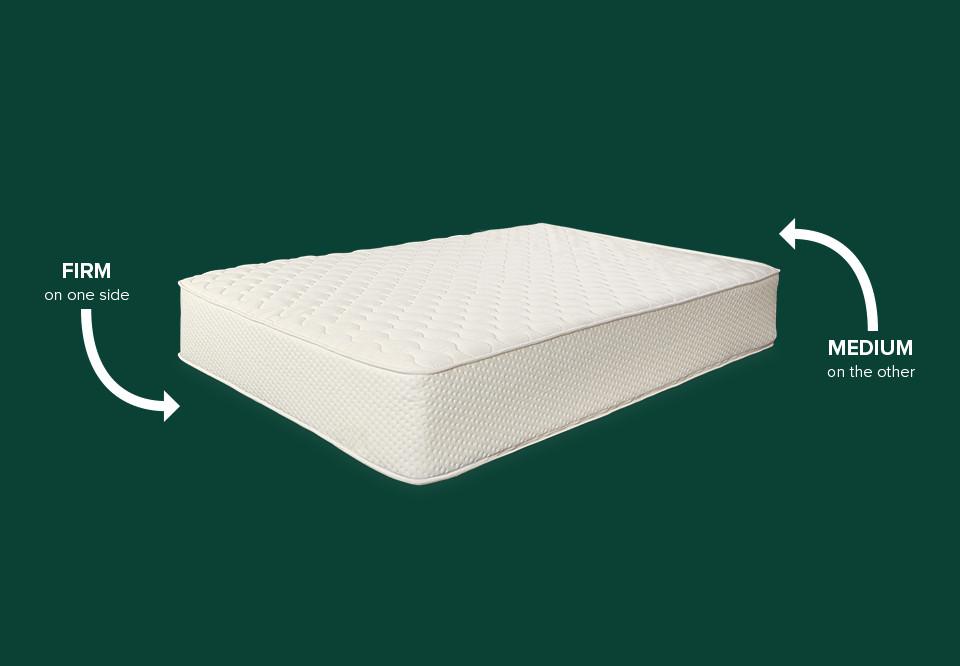
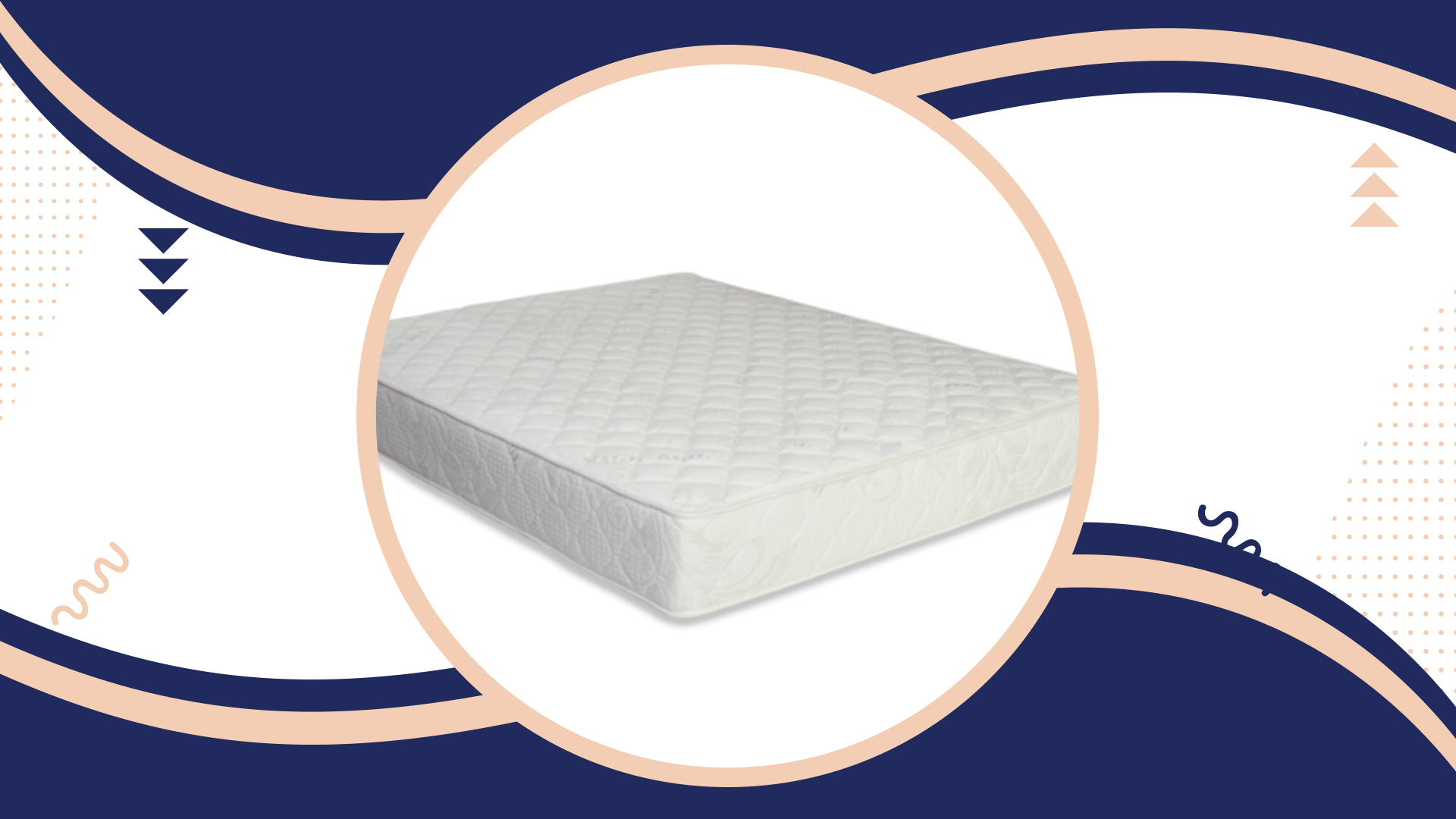

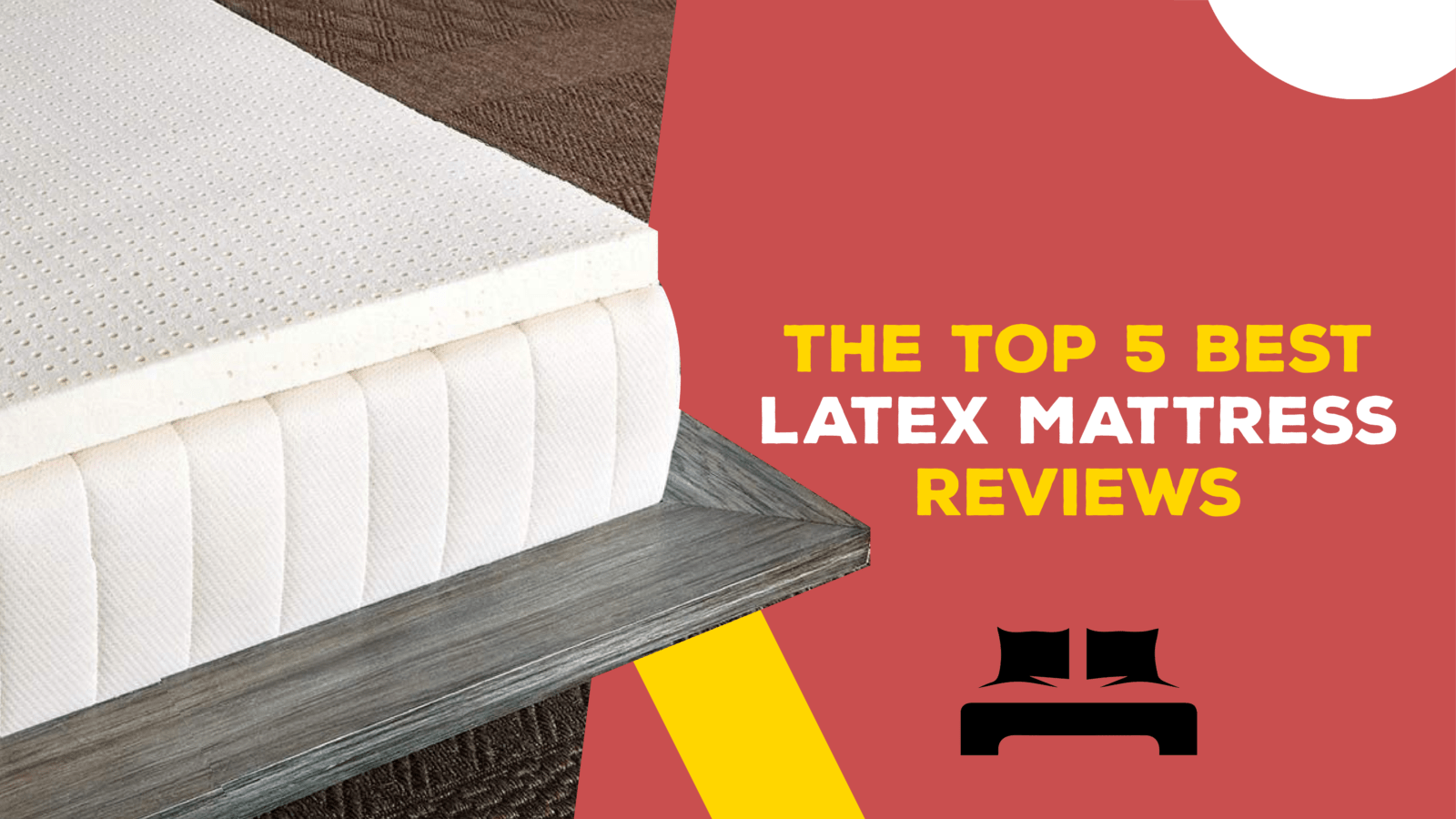
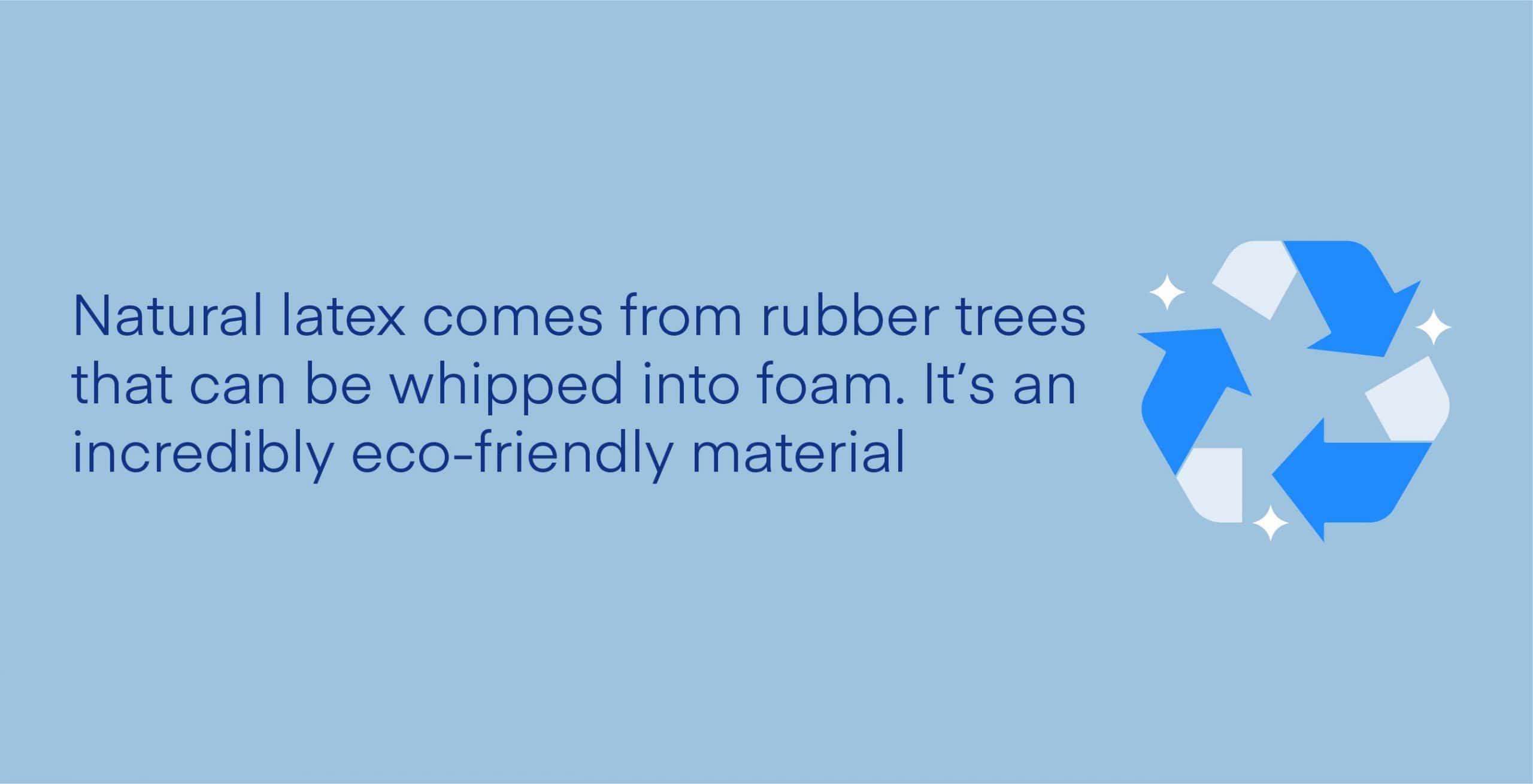







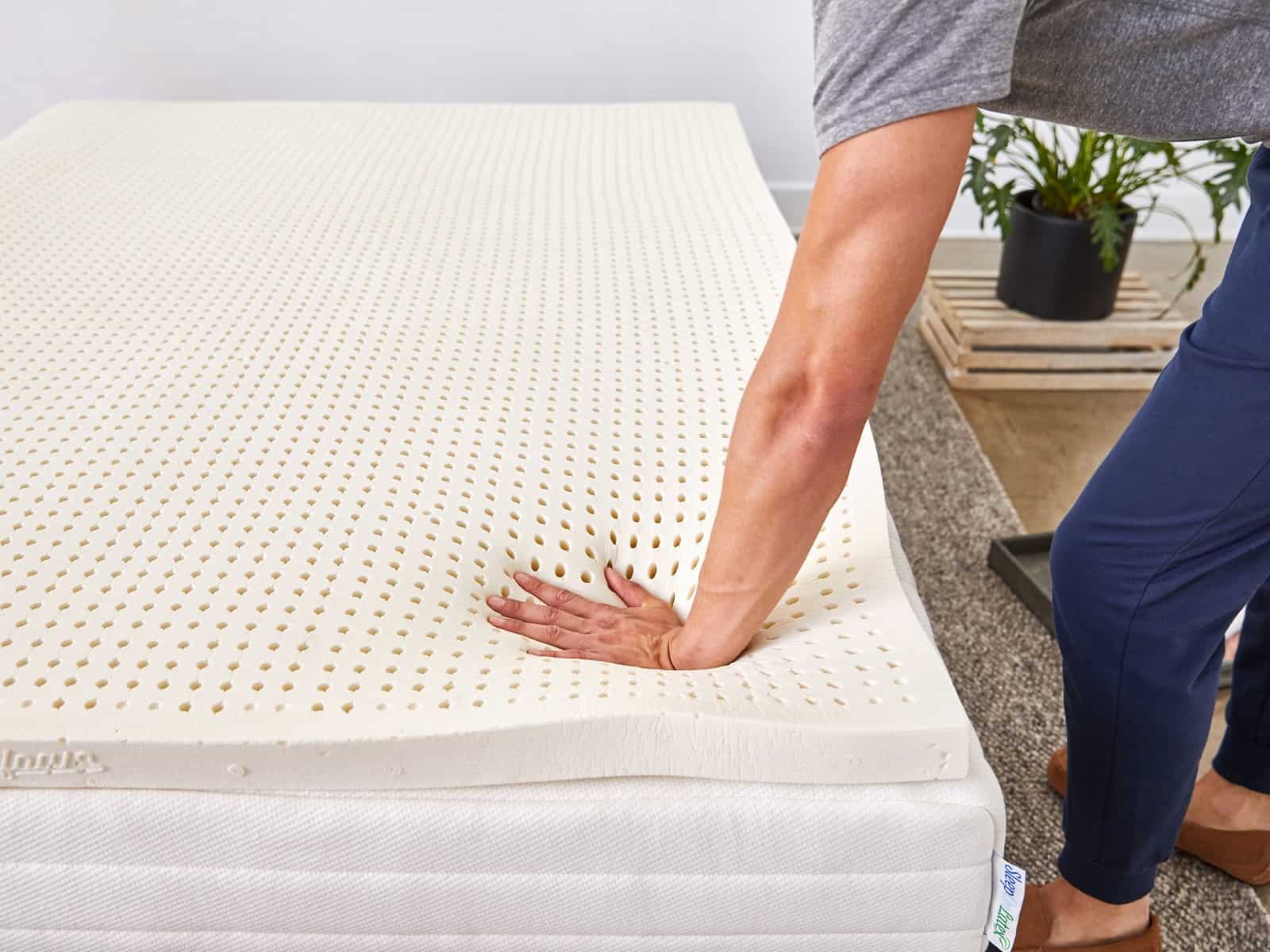
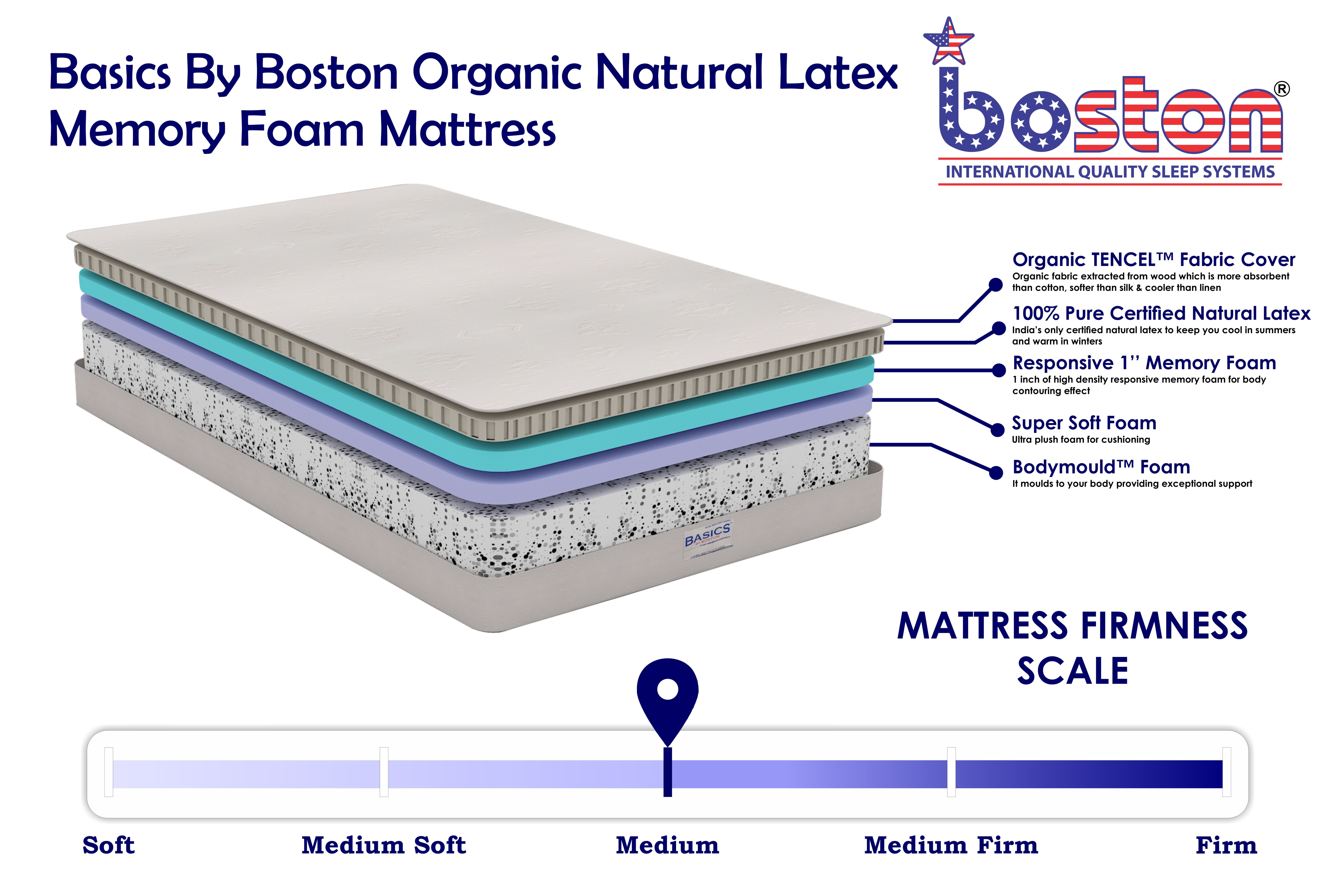



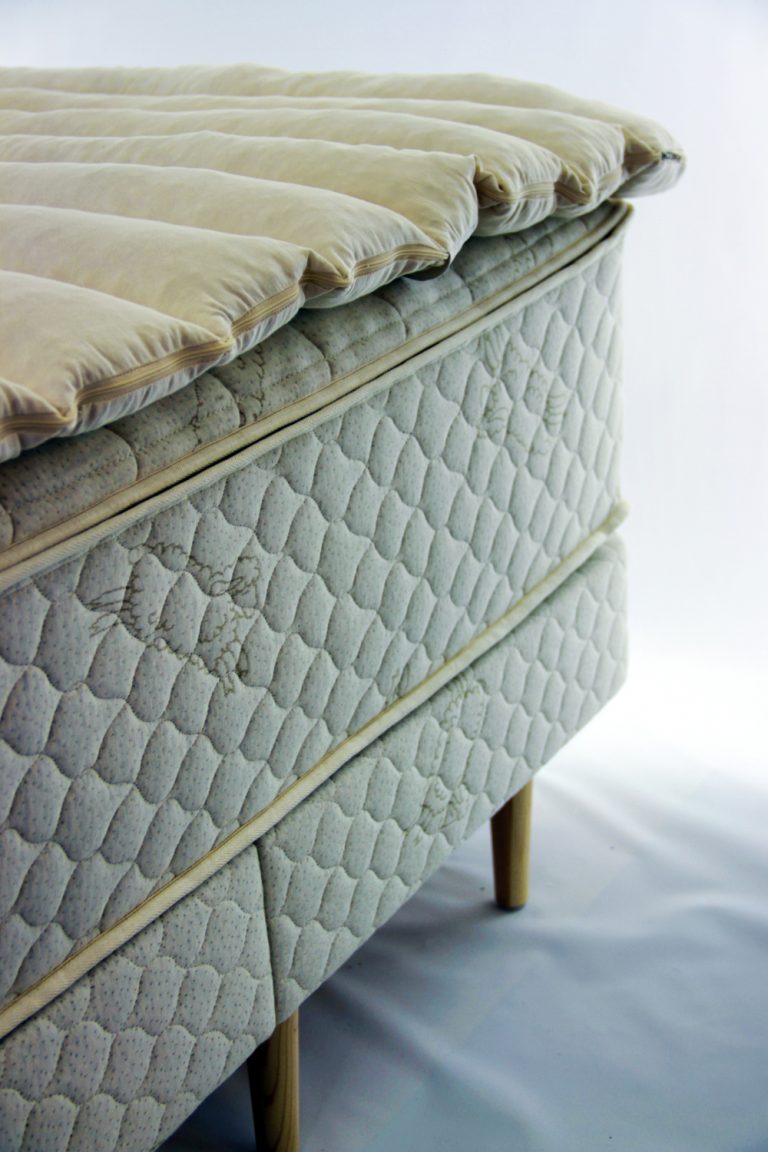

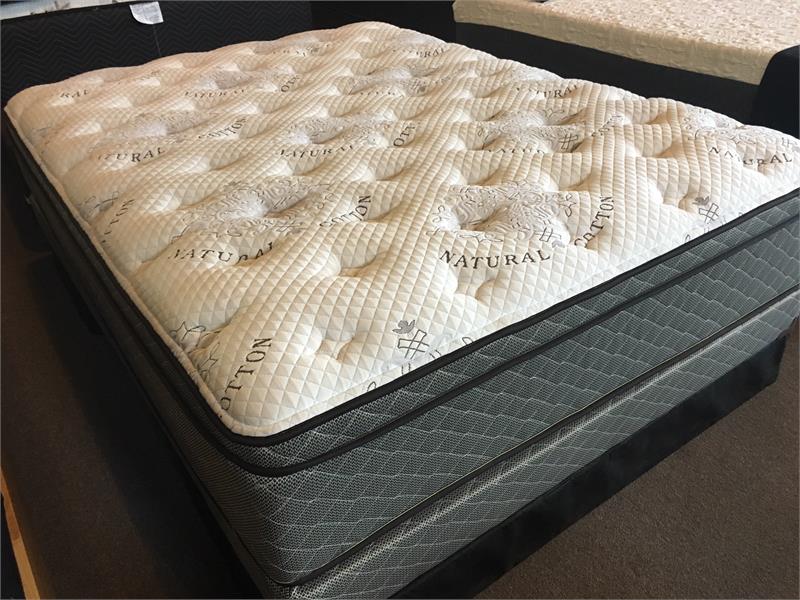





:max_bytes(150000):strip_icc()/DesignbyEmilyHendersonDesignPhotographerbySaraTramp_181-ba033340b54147399980cfeaed3673ee.jpg)


